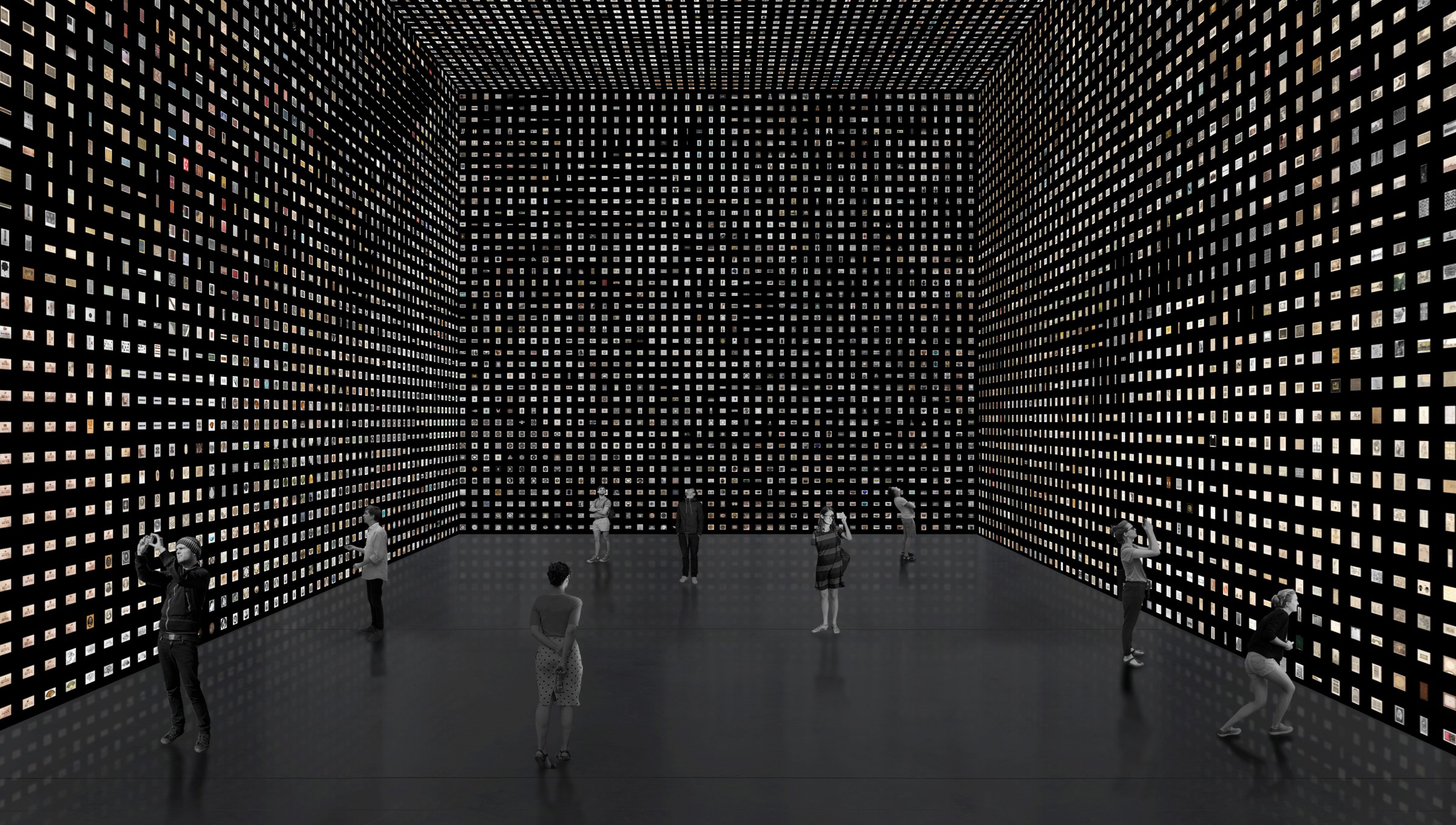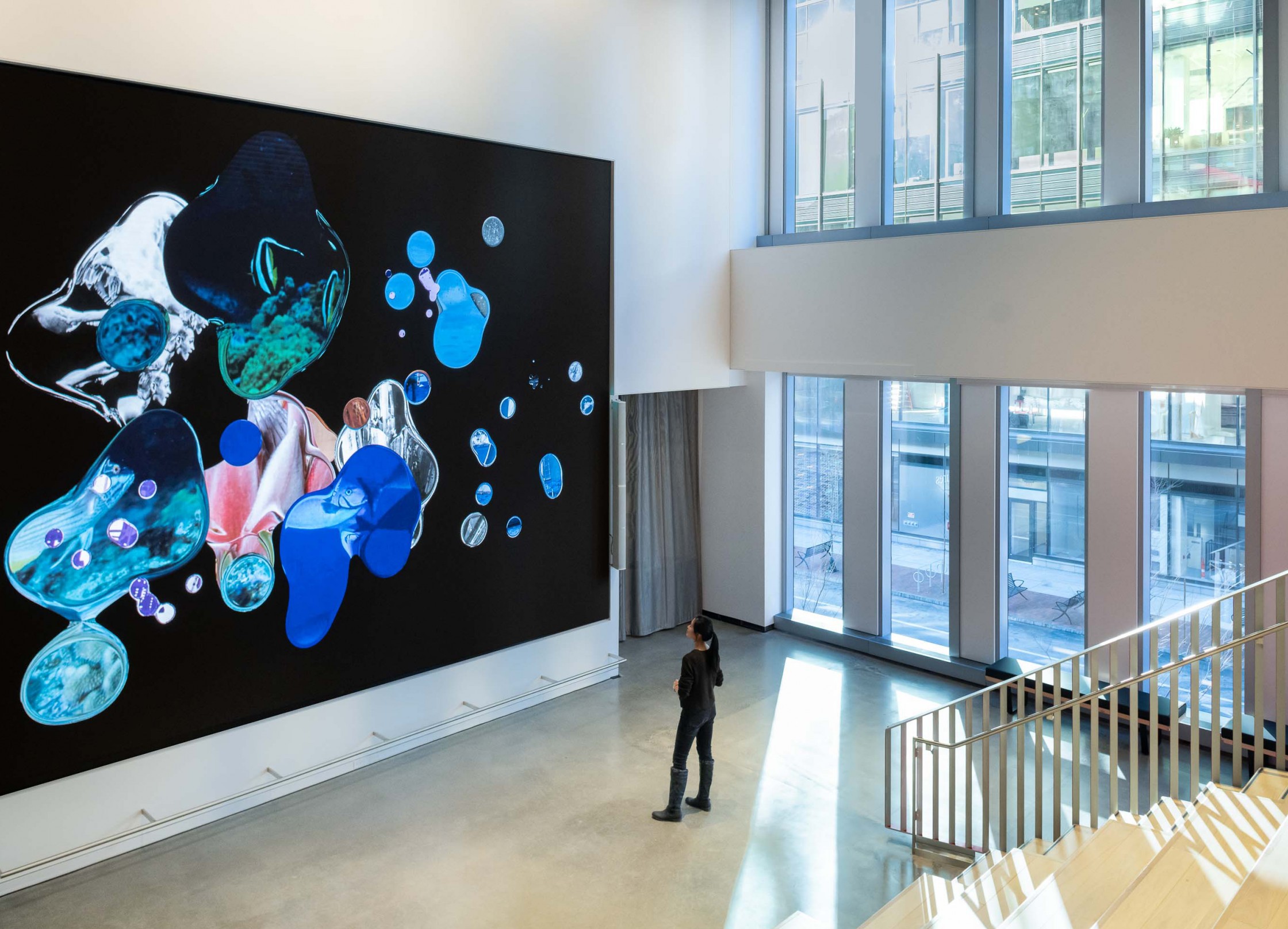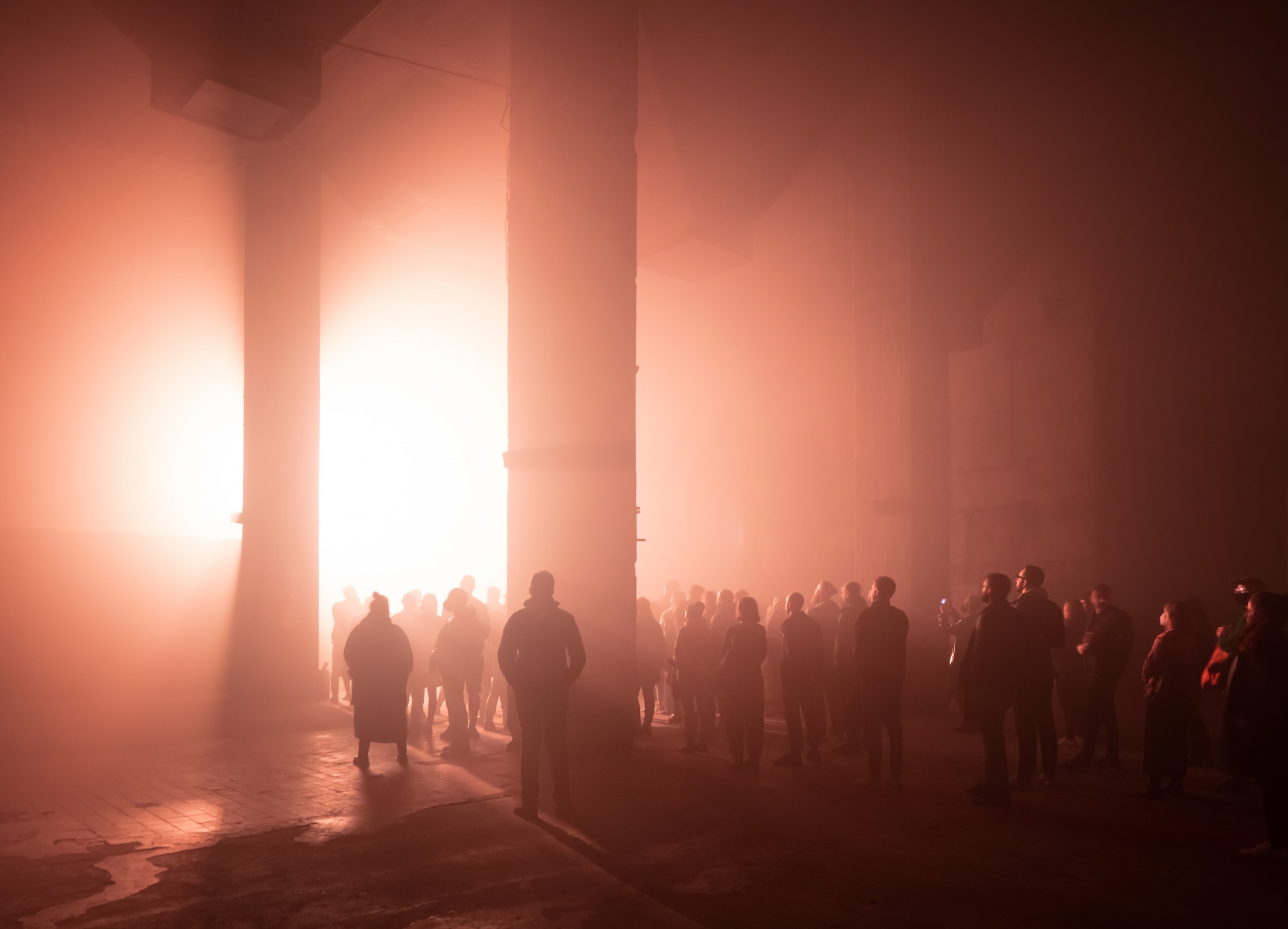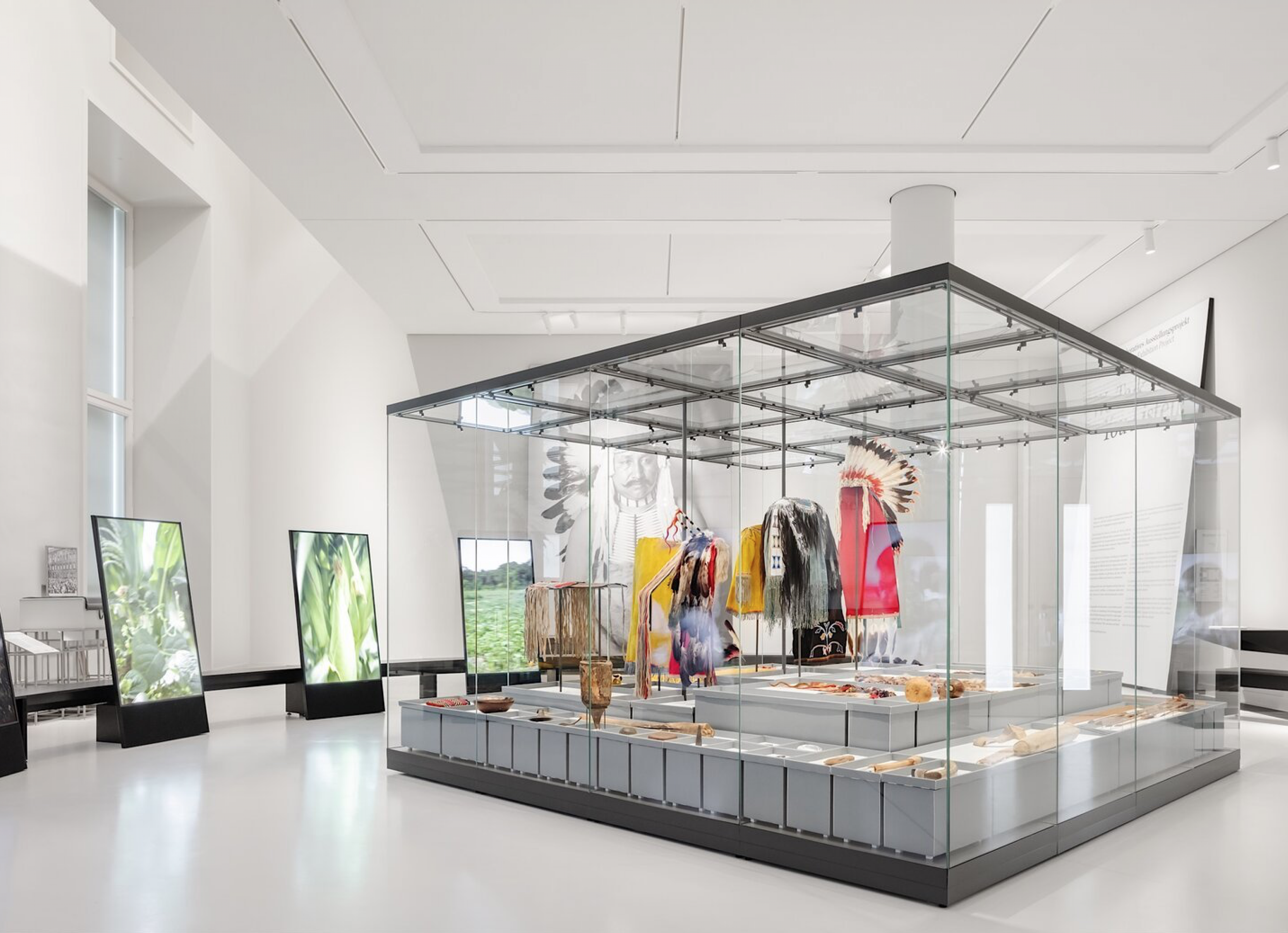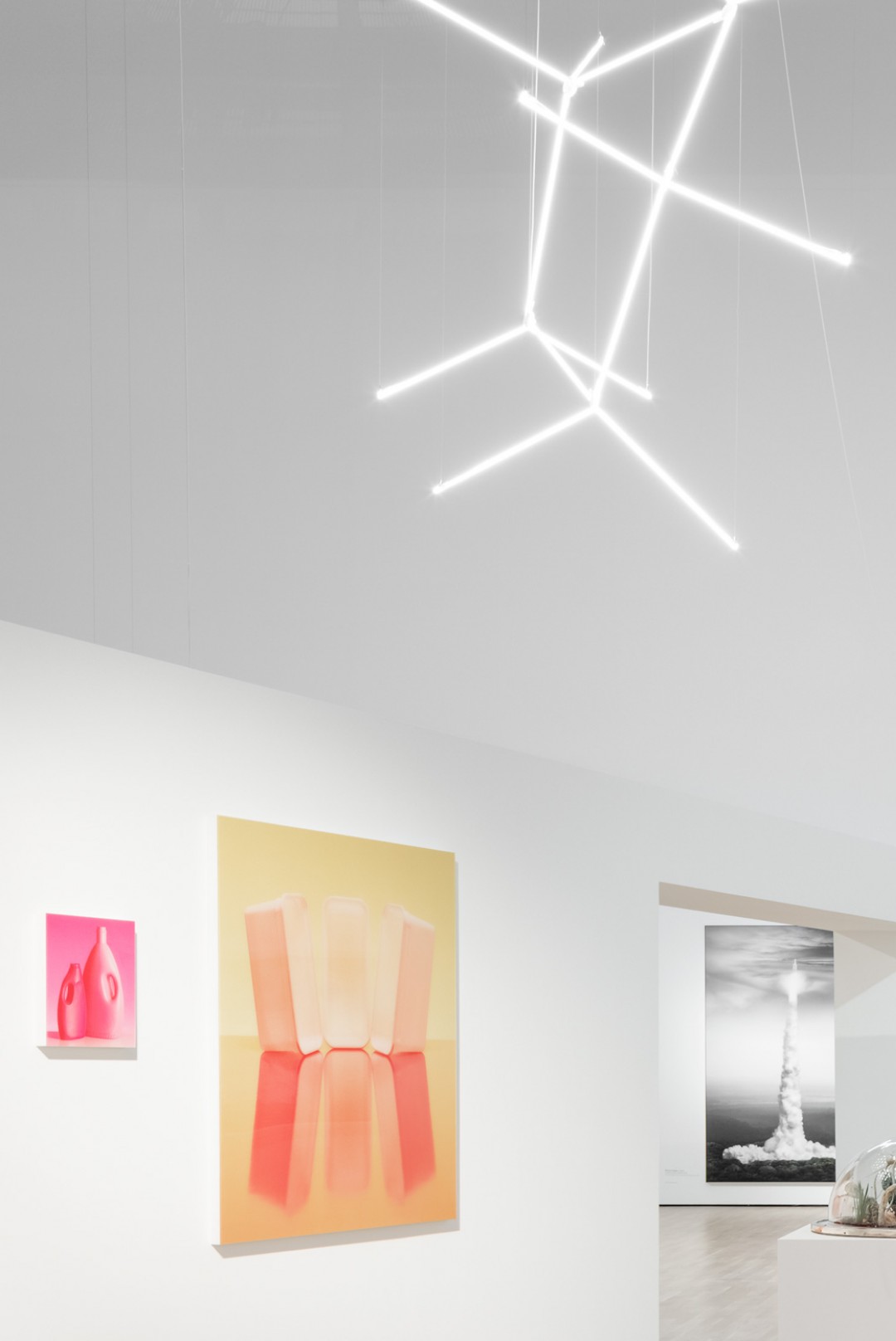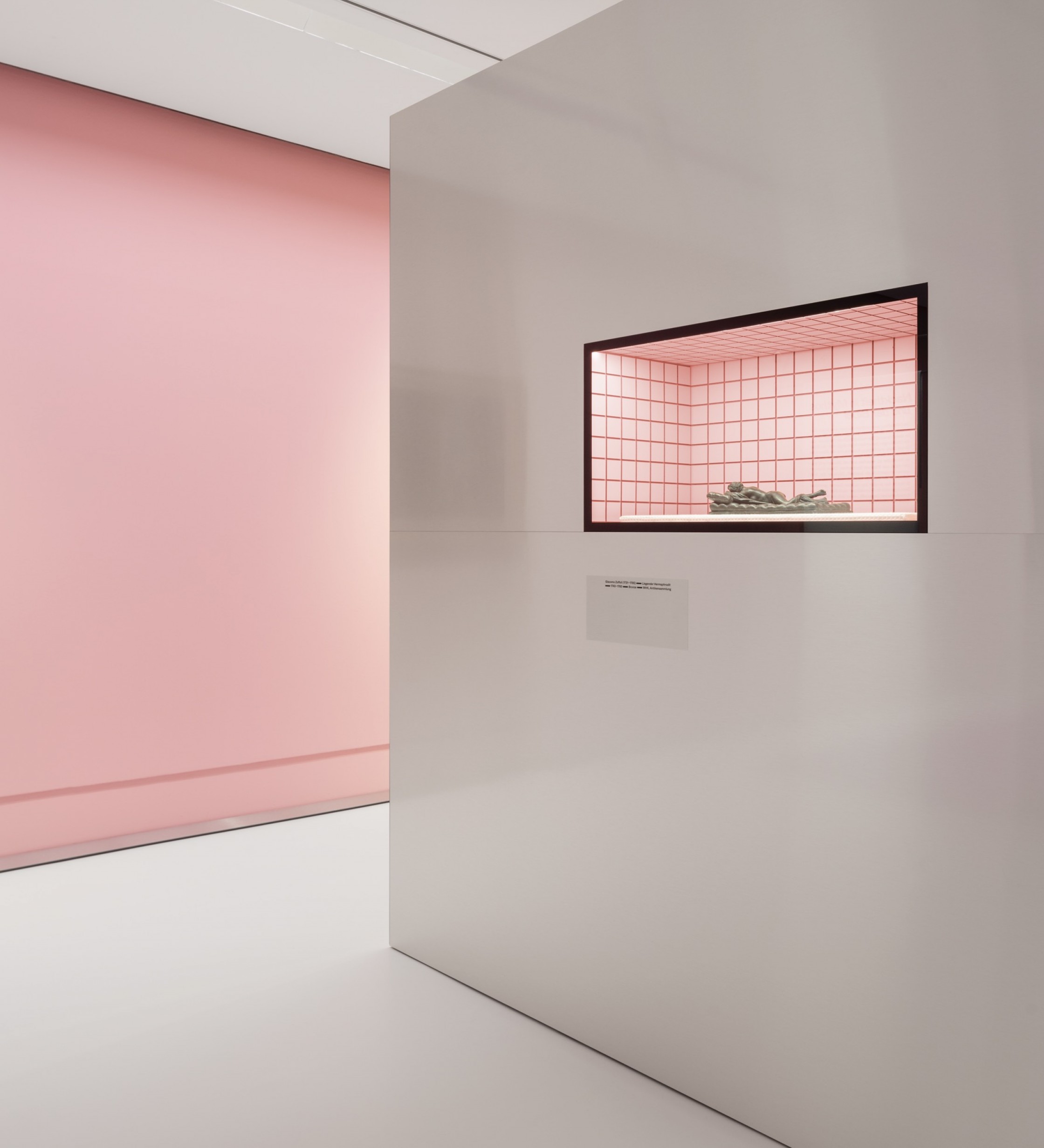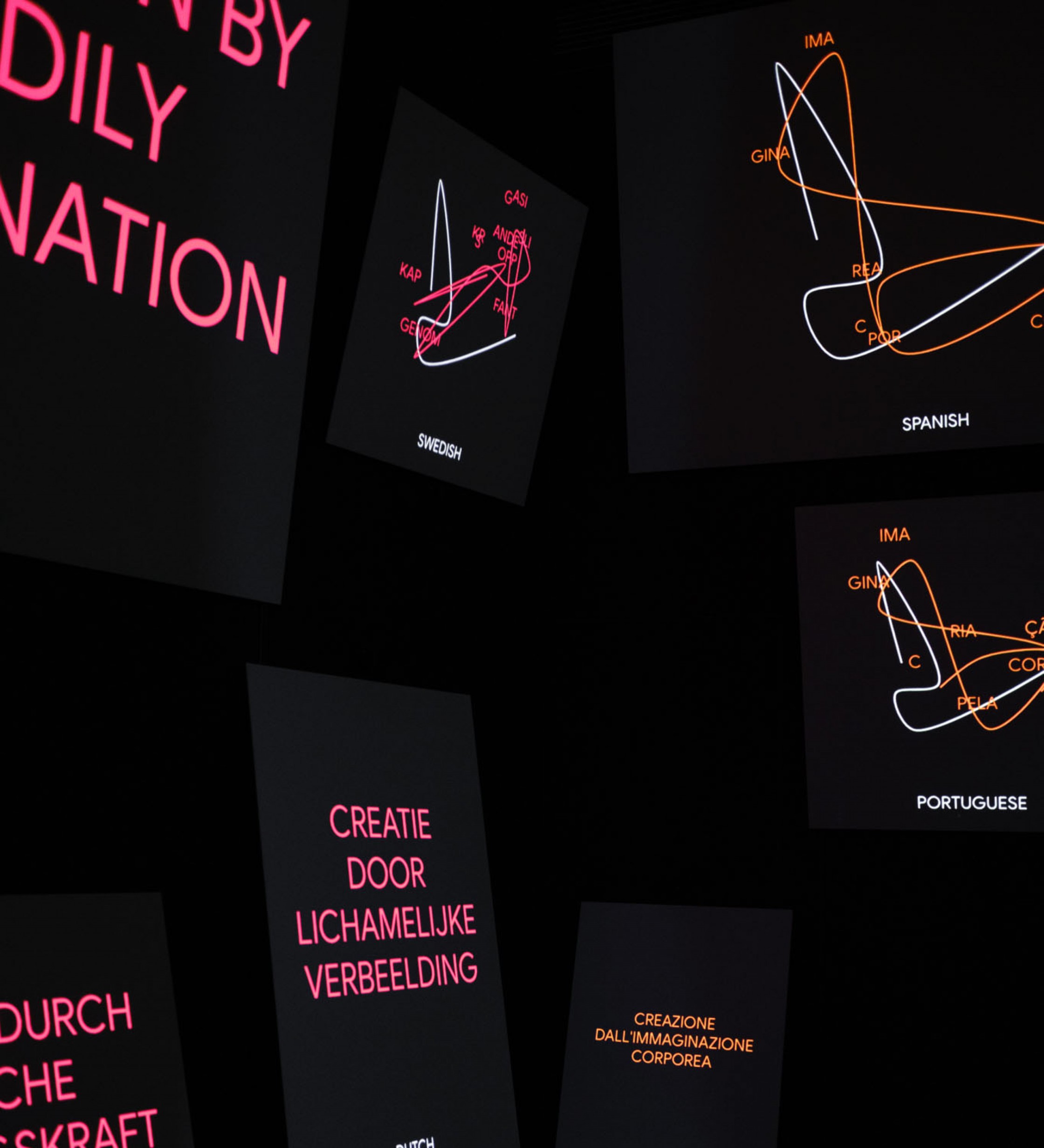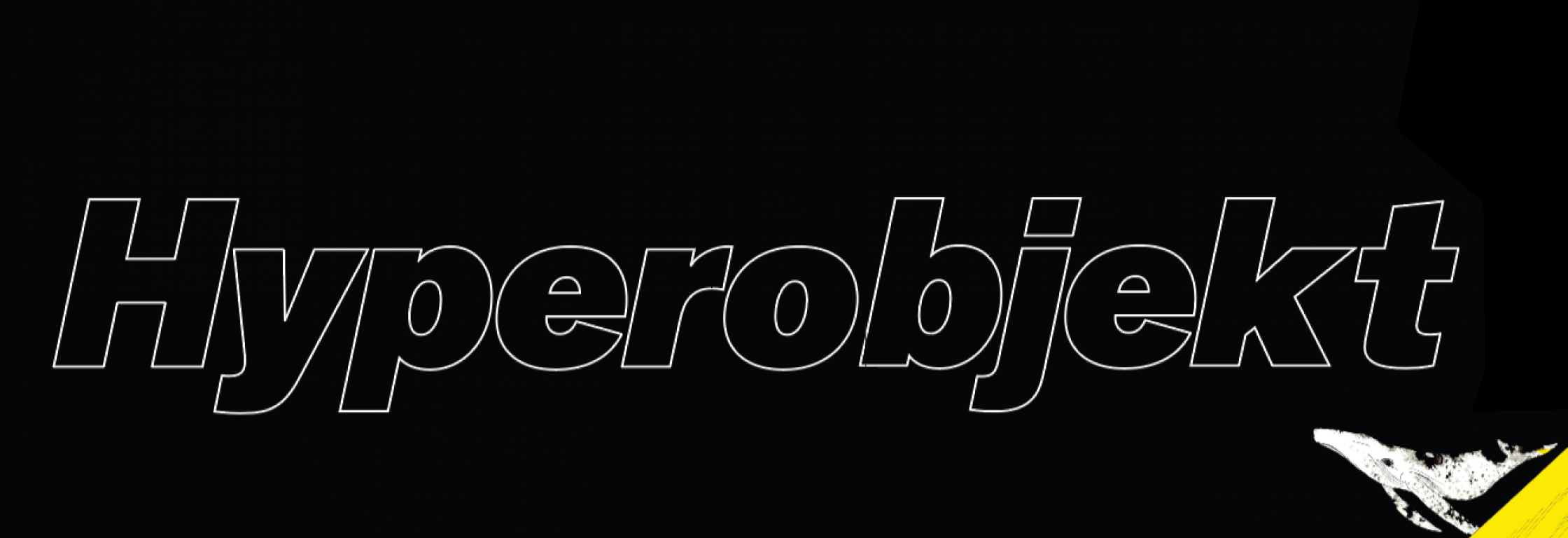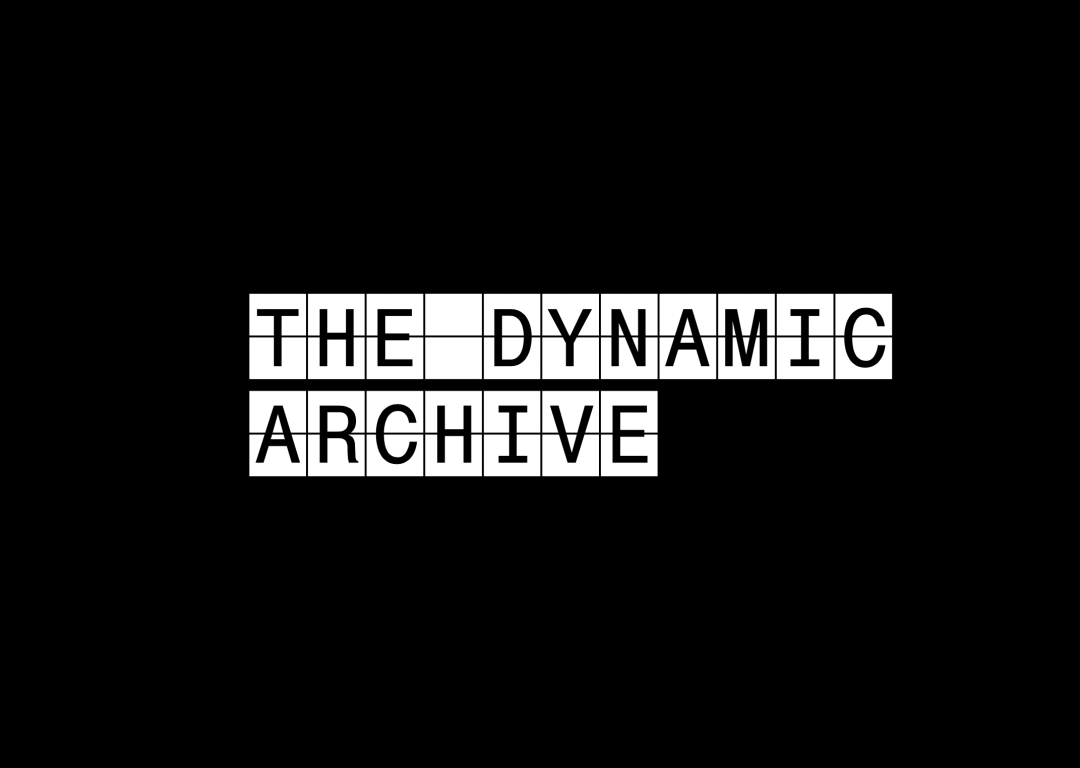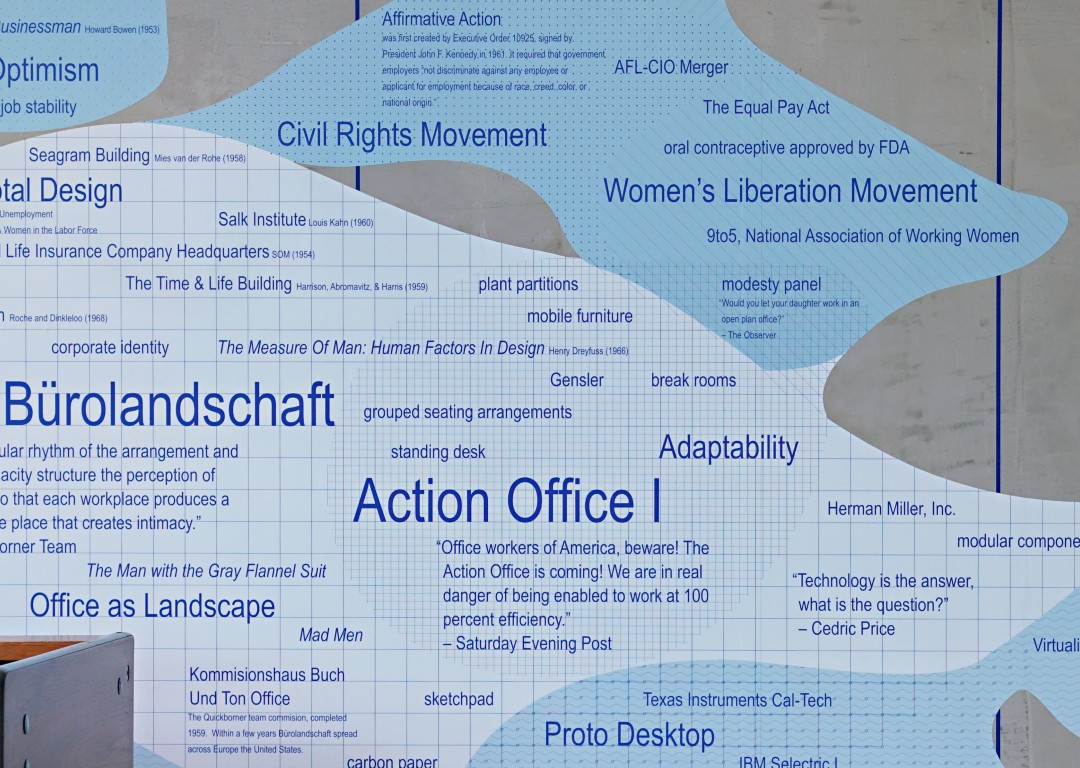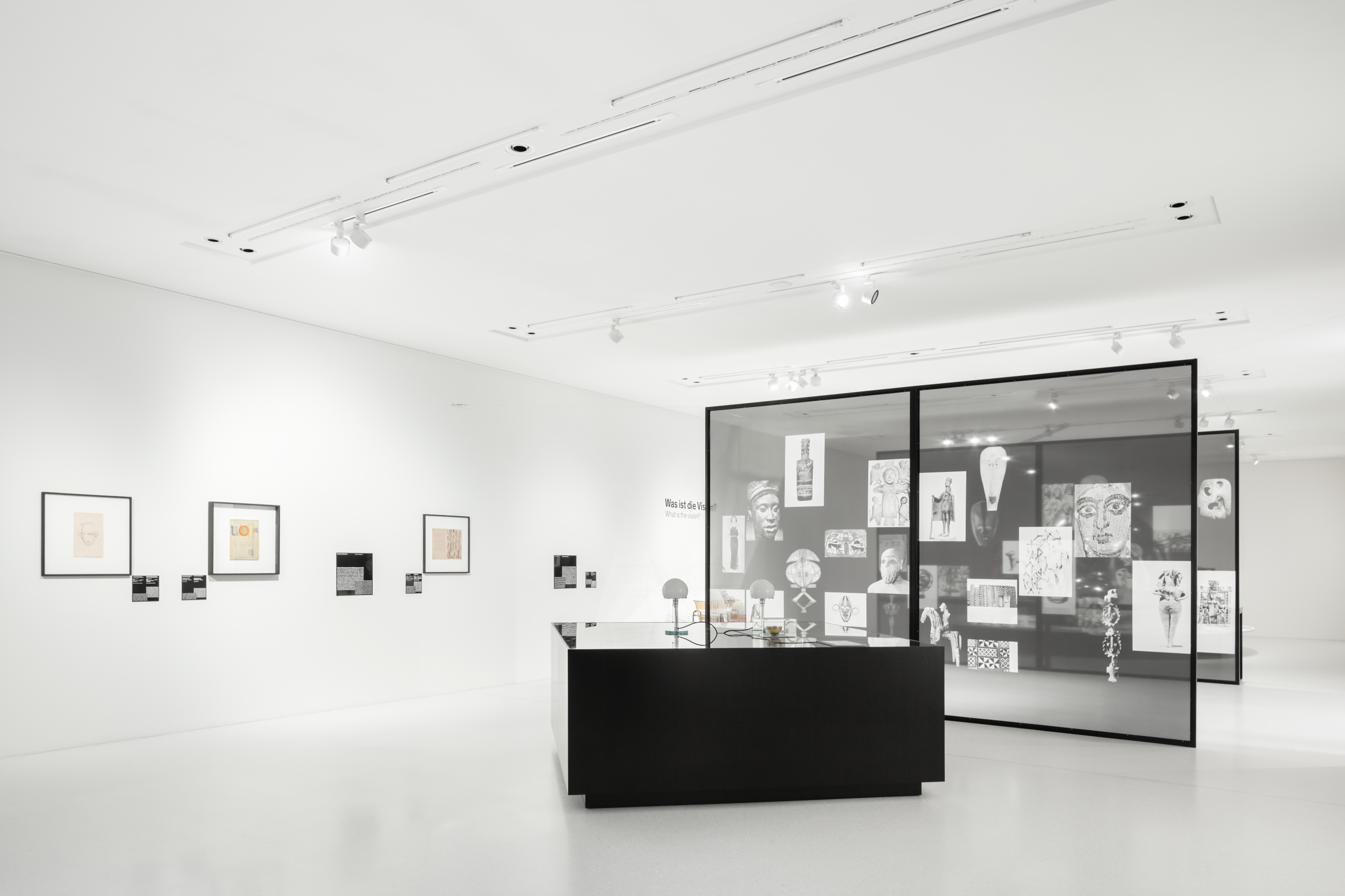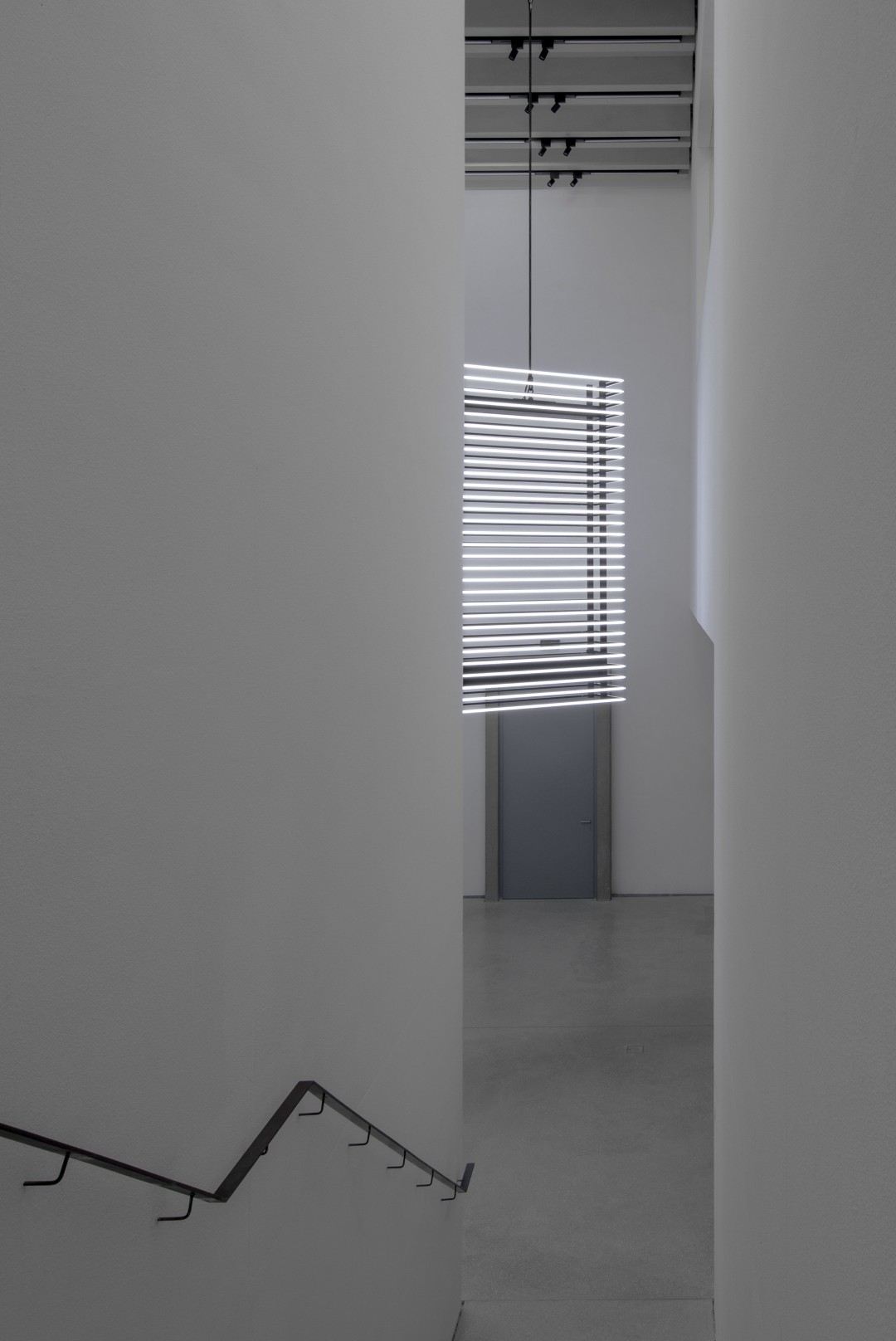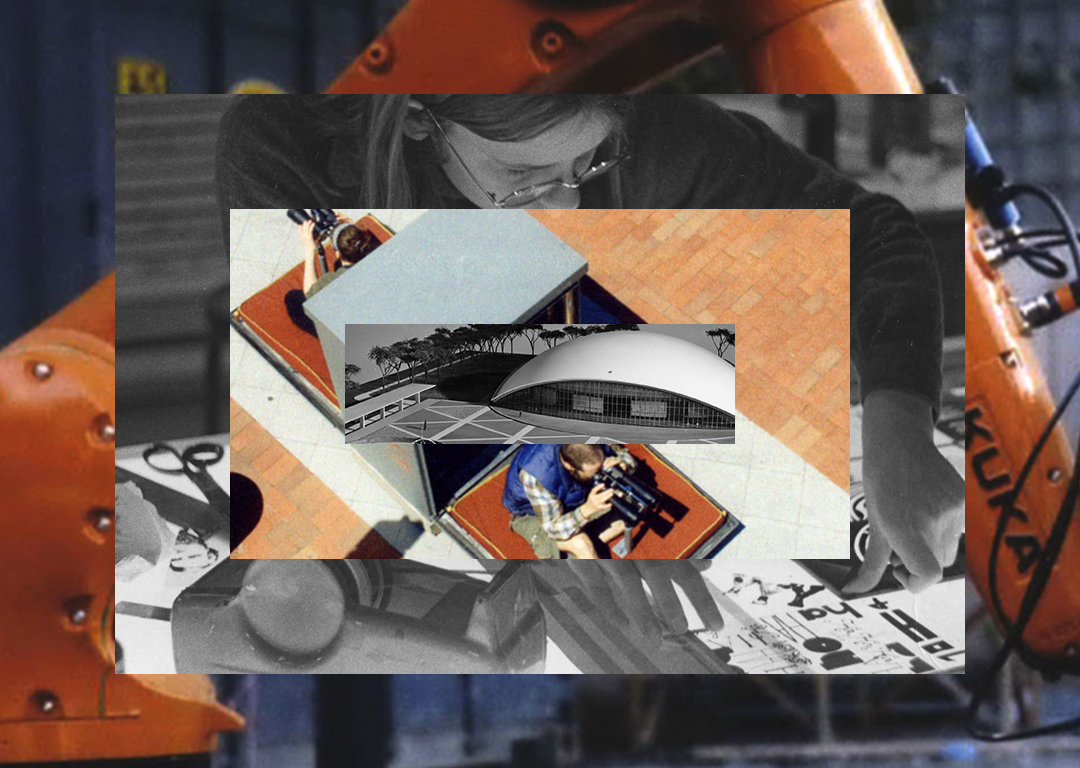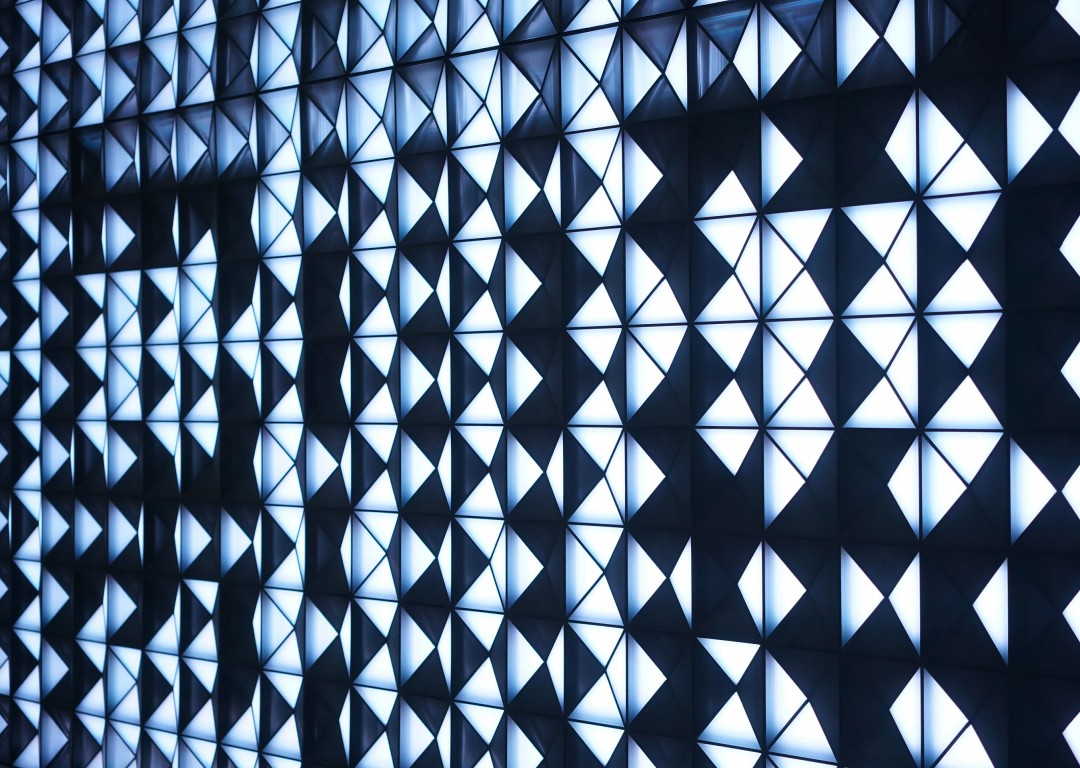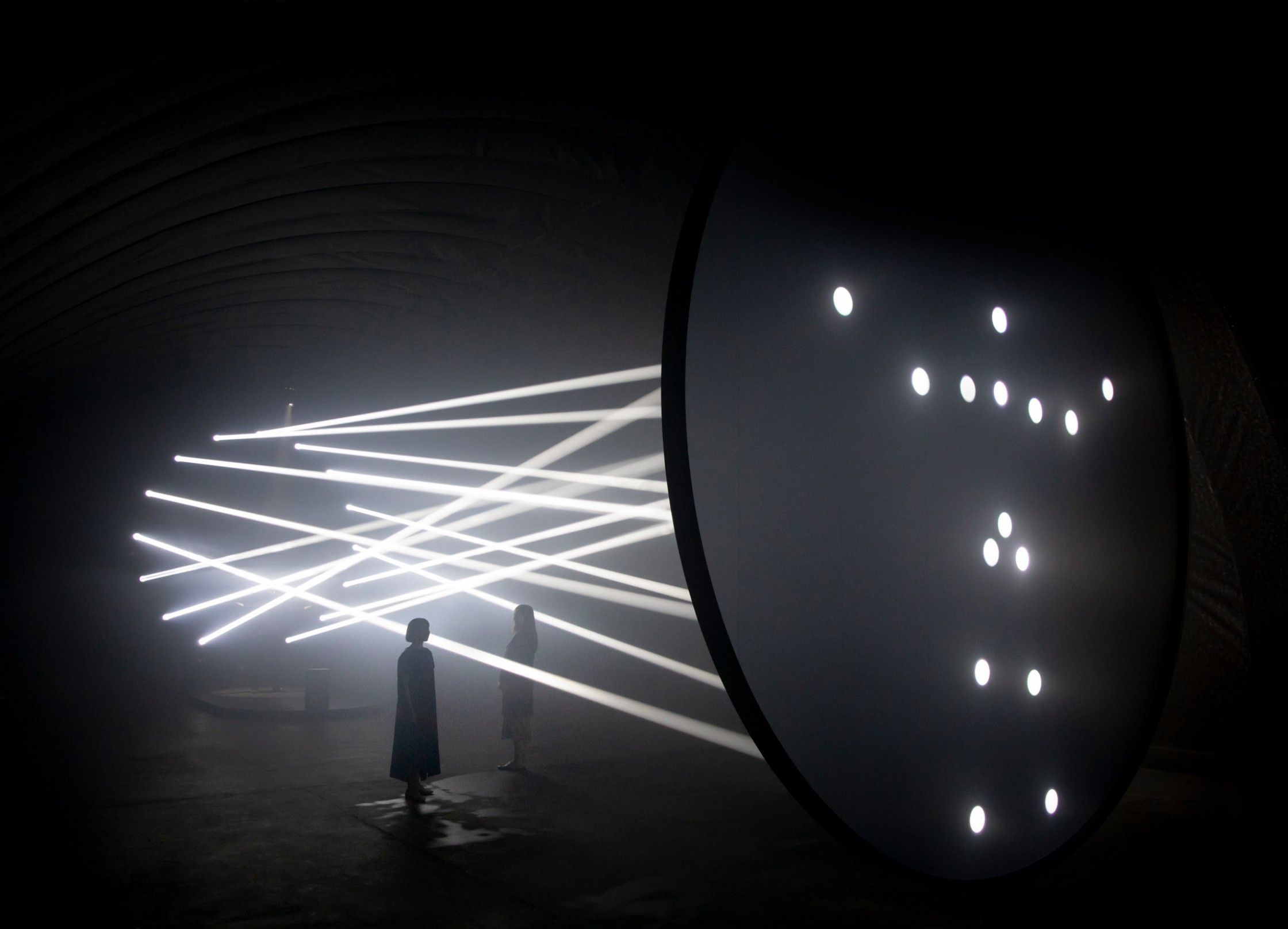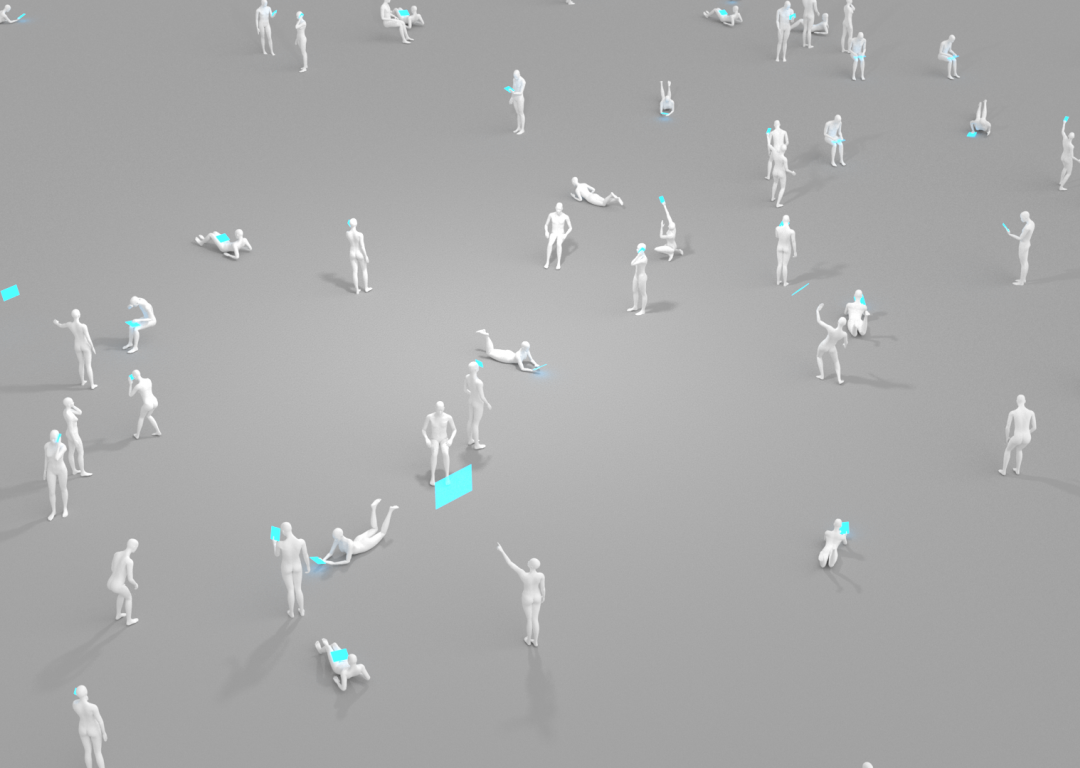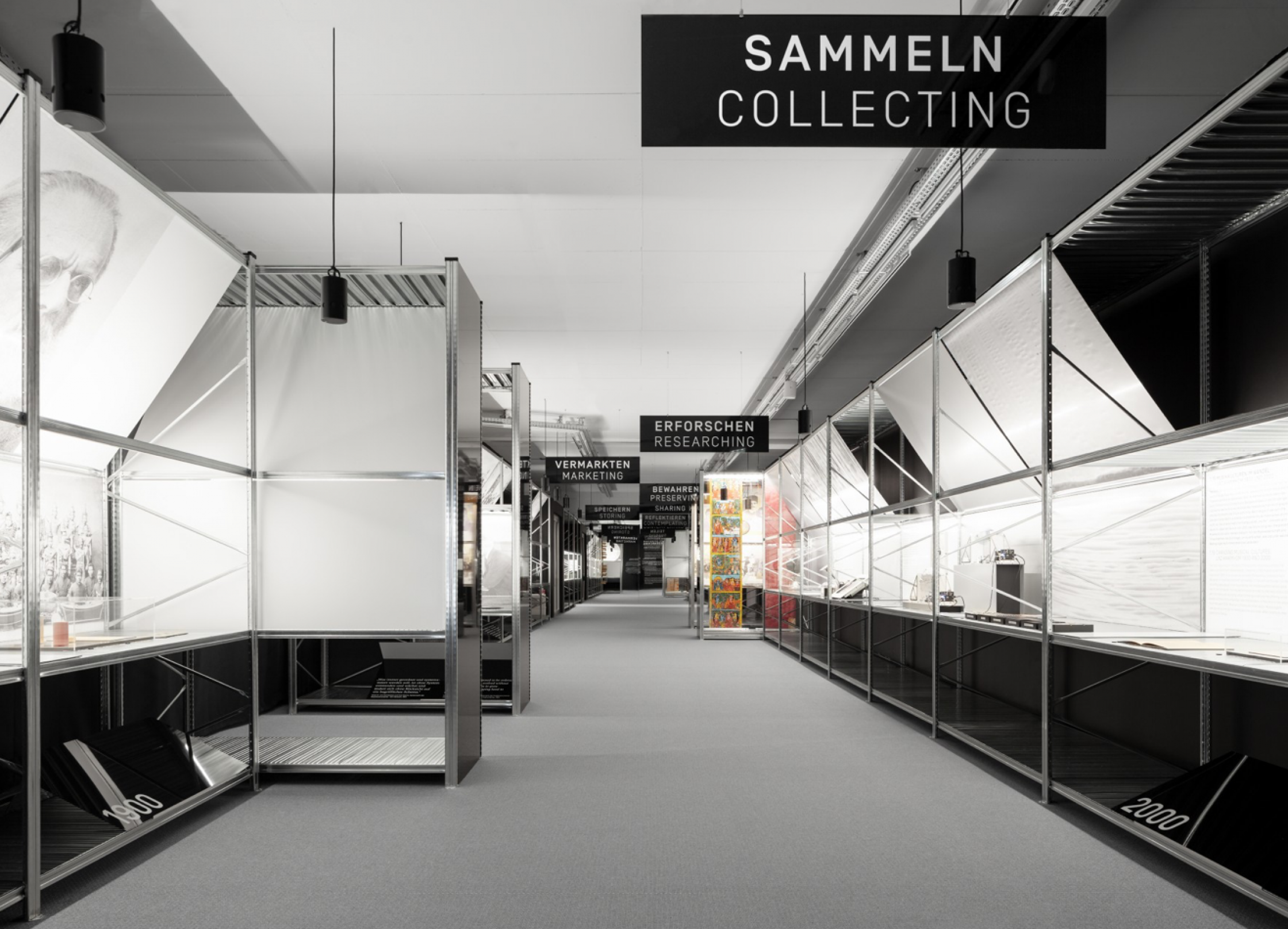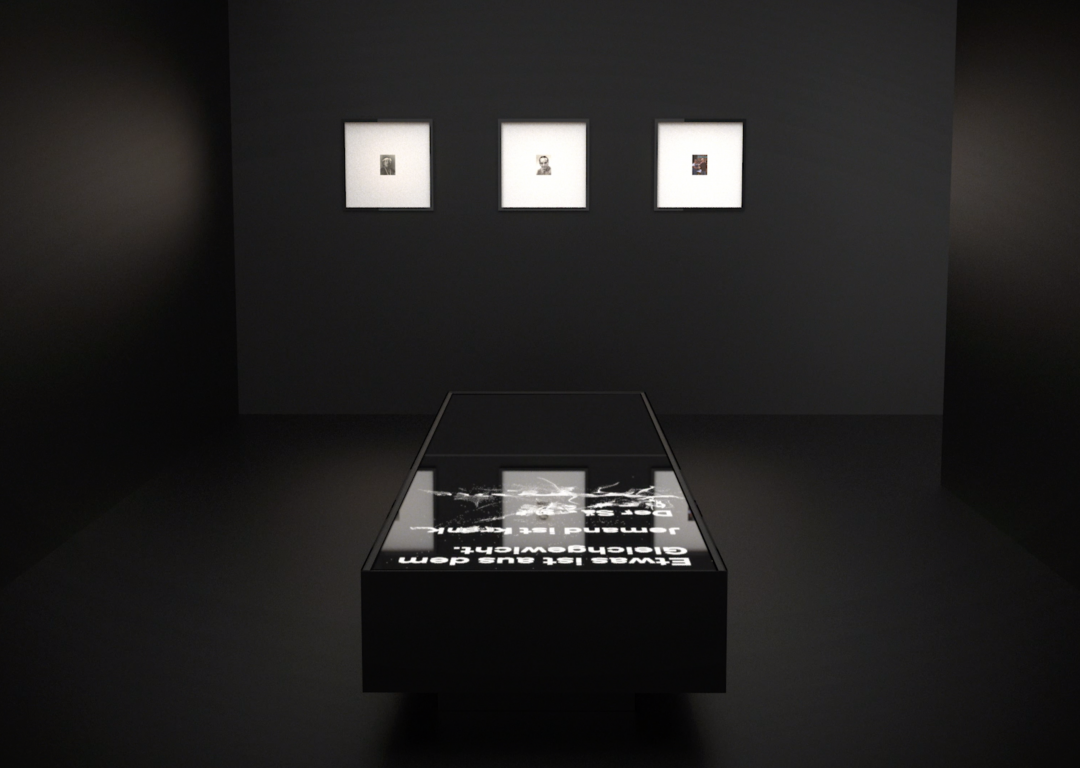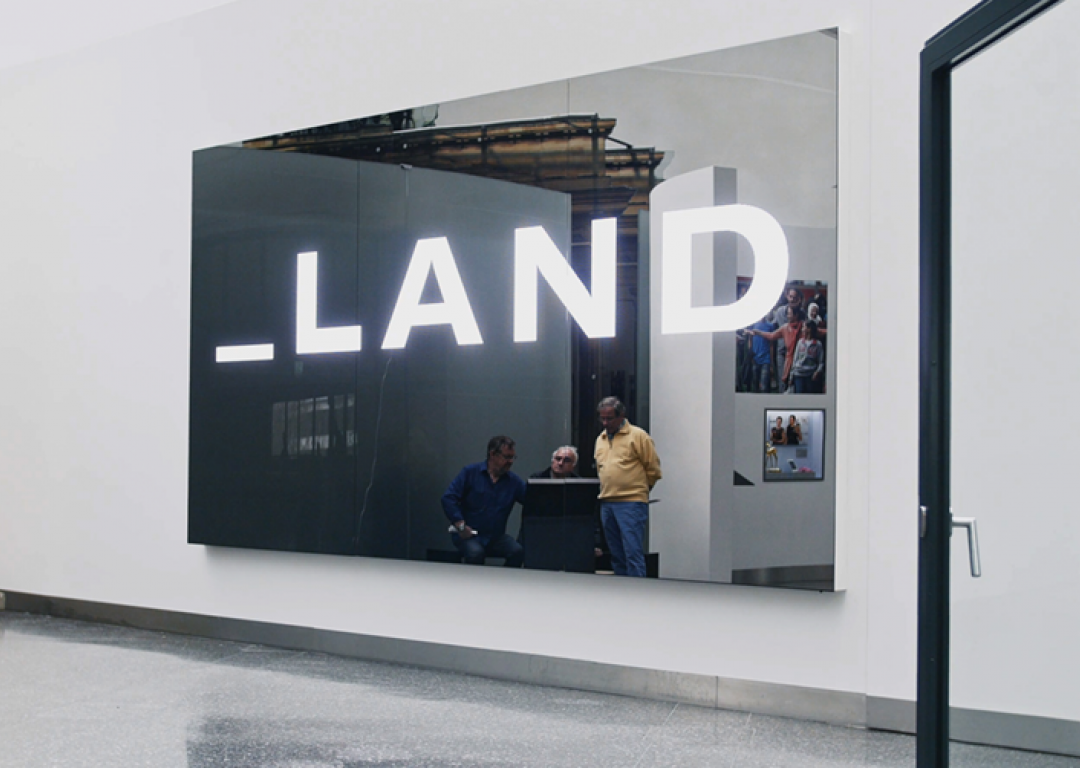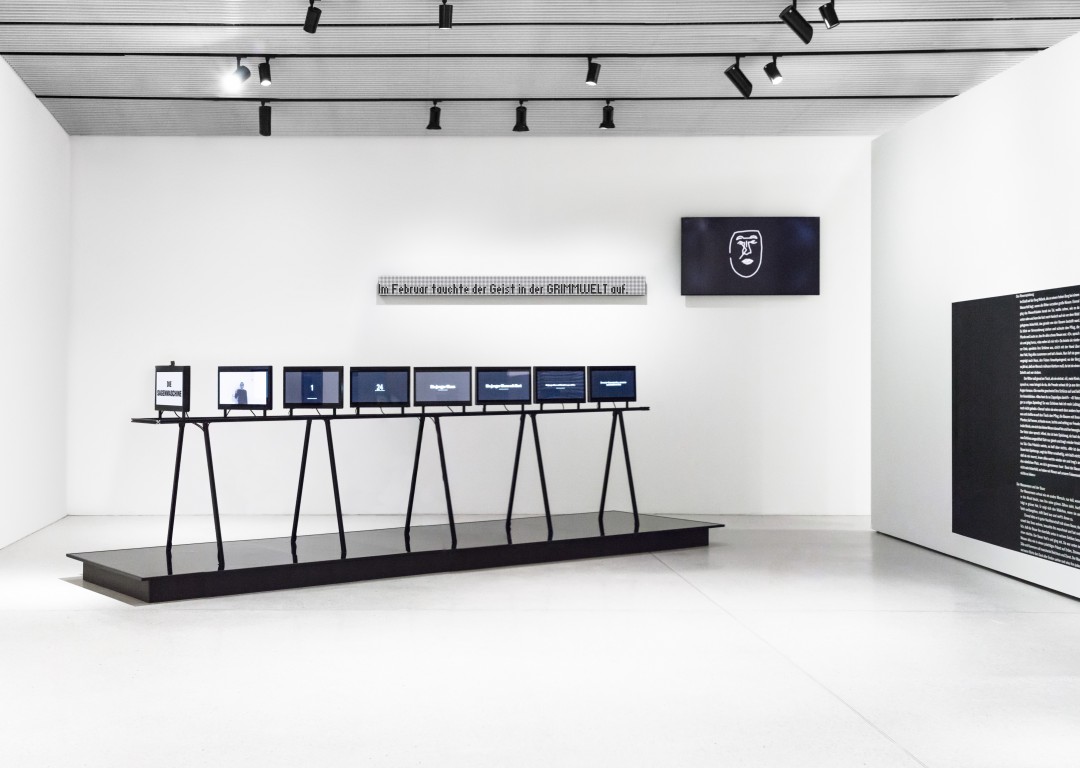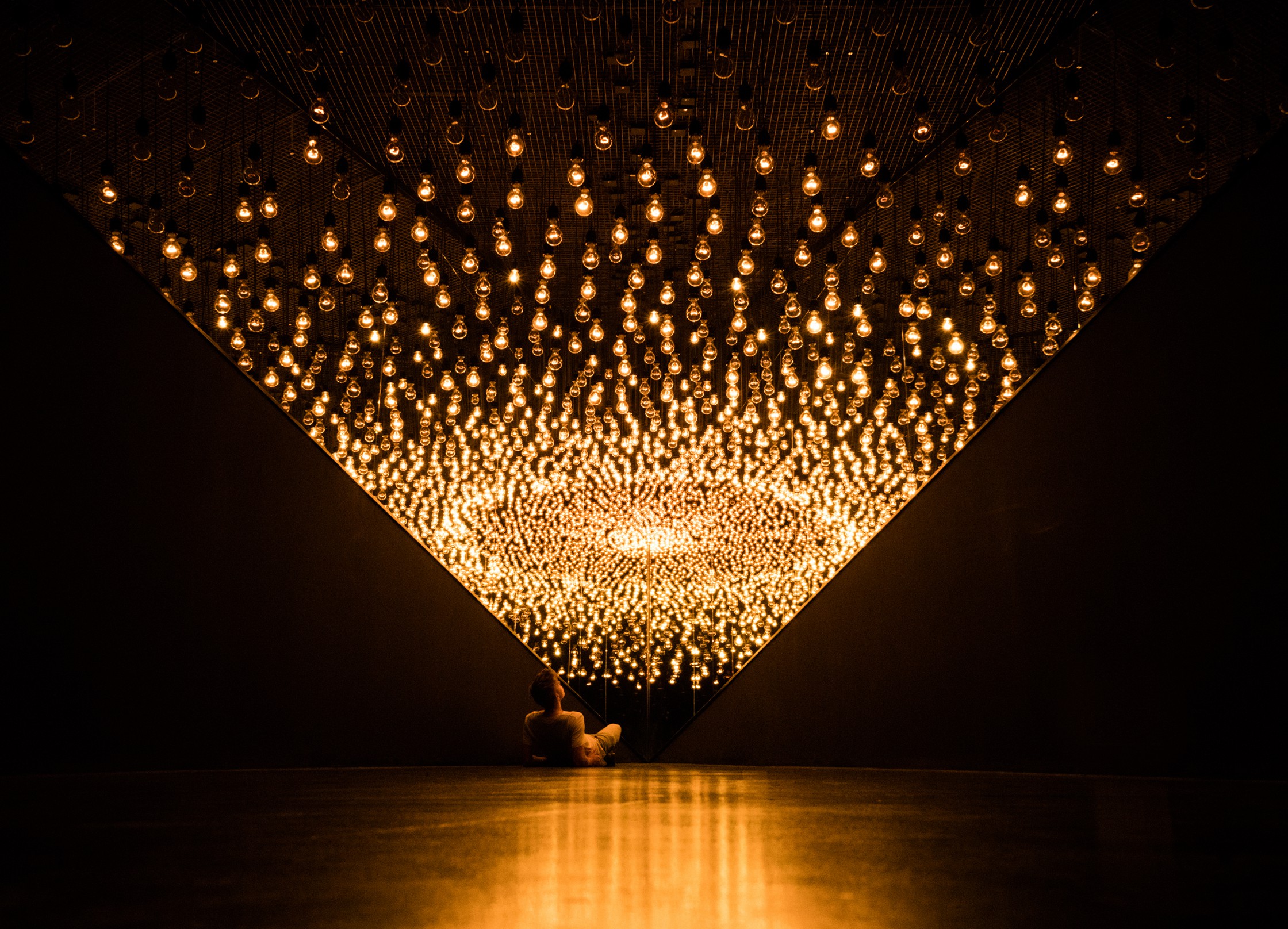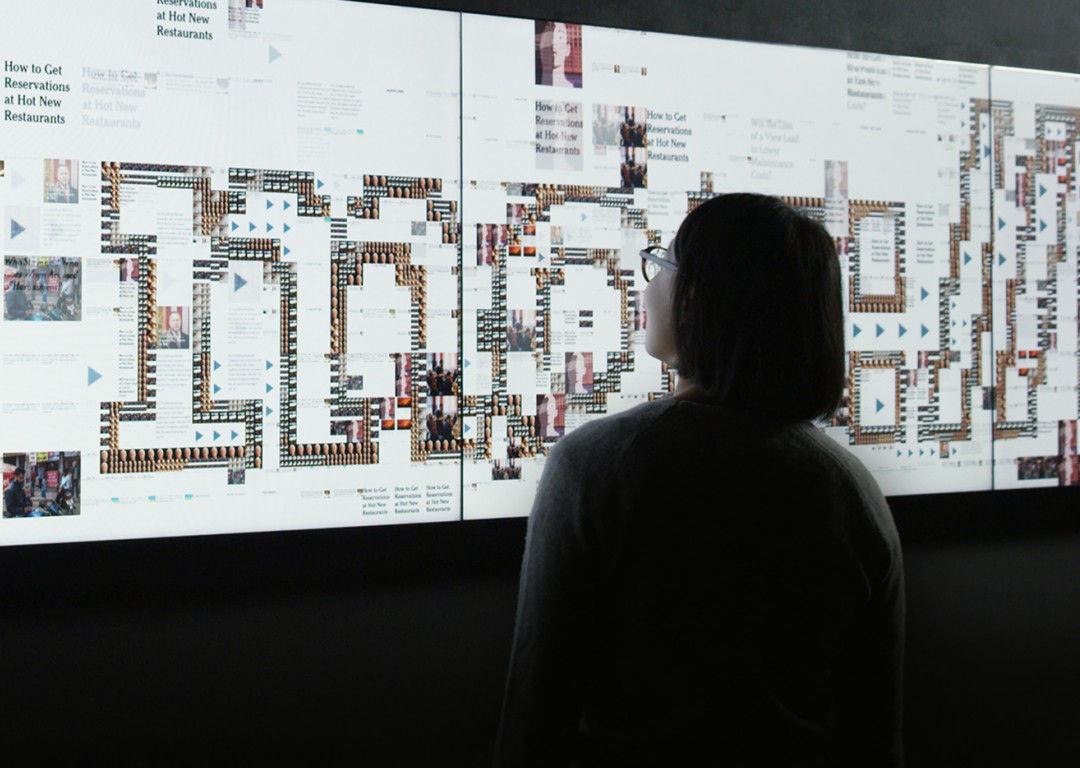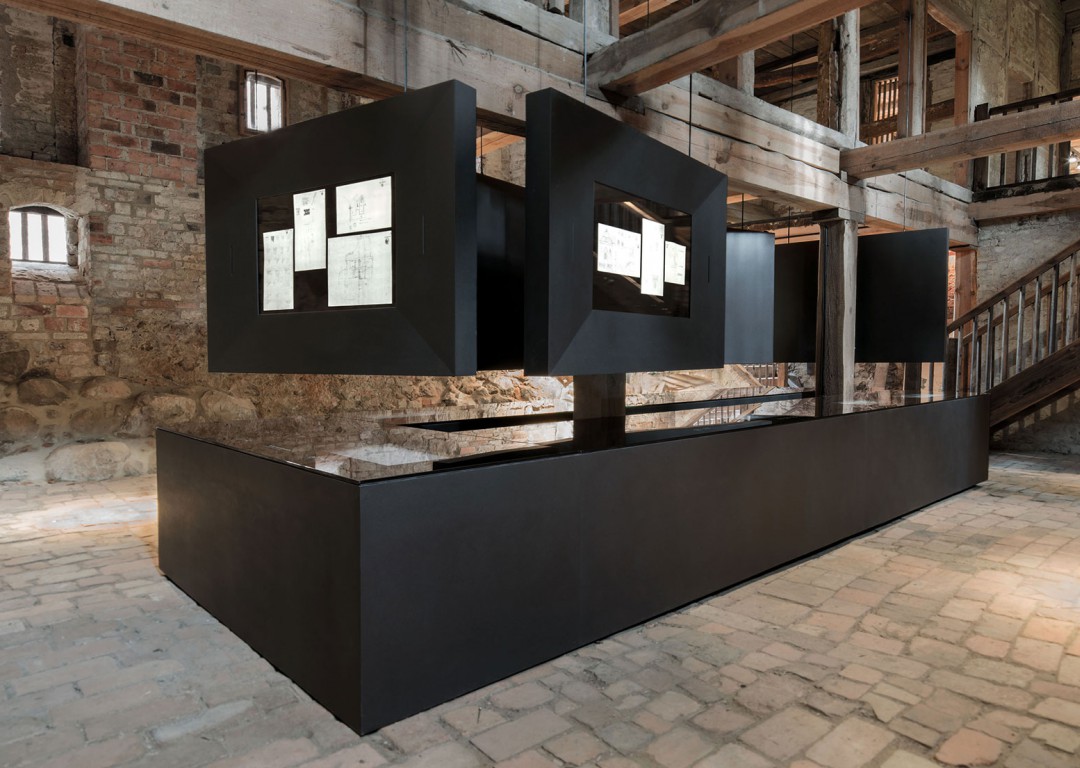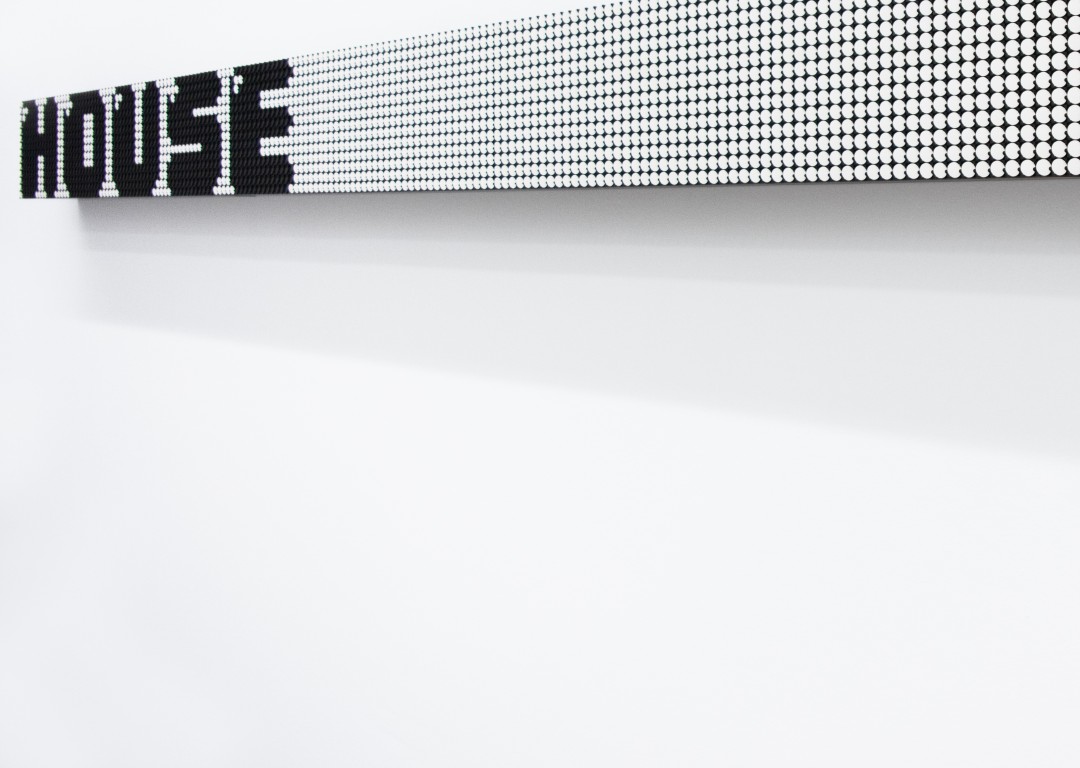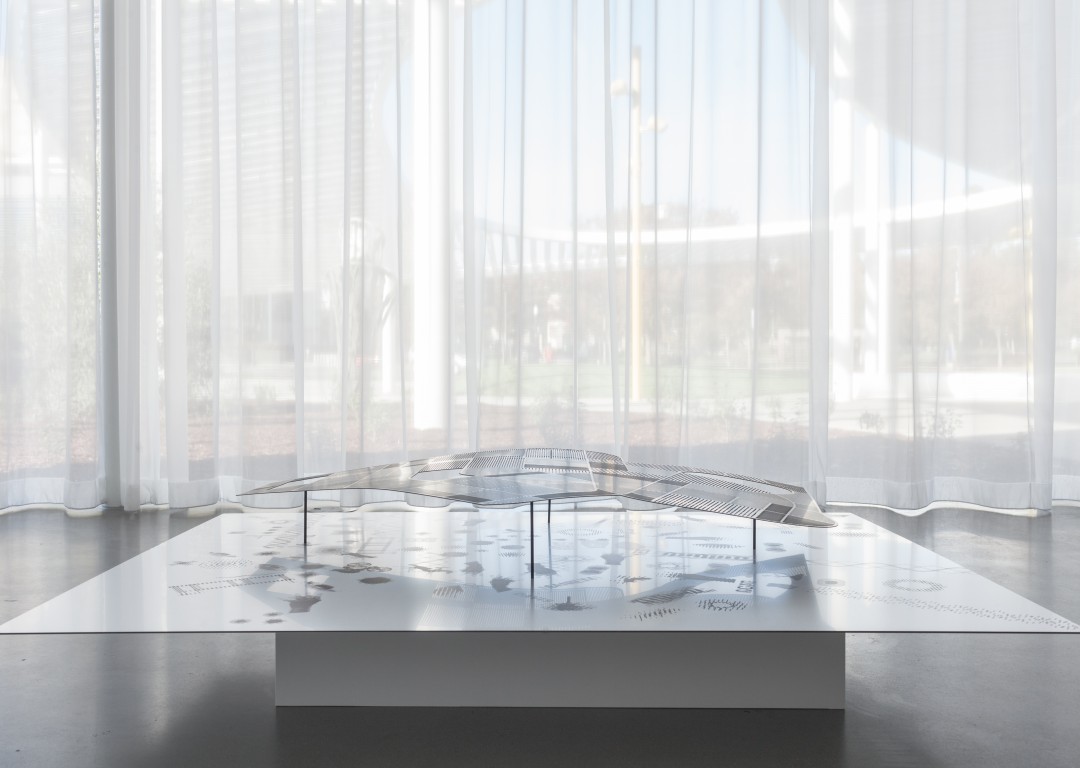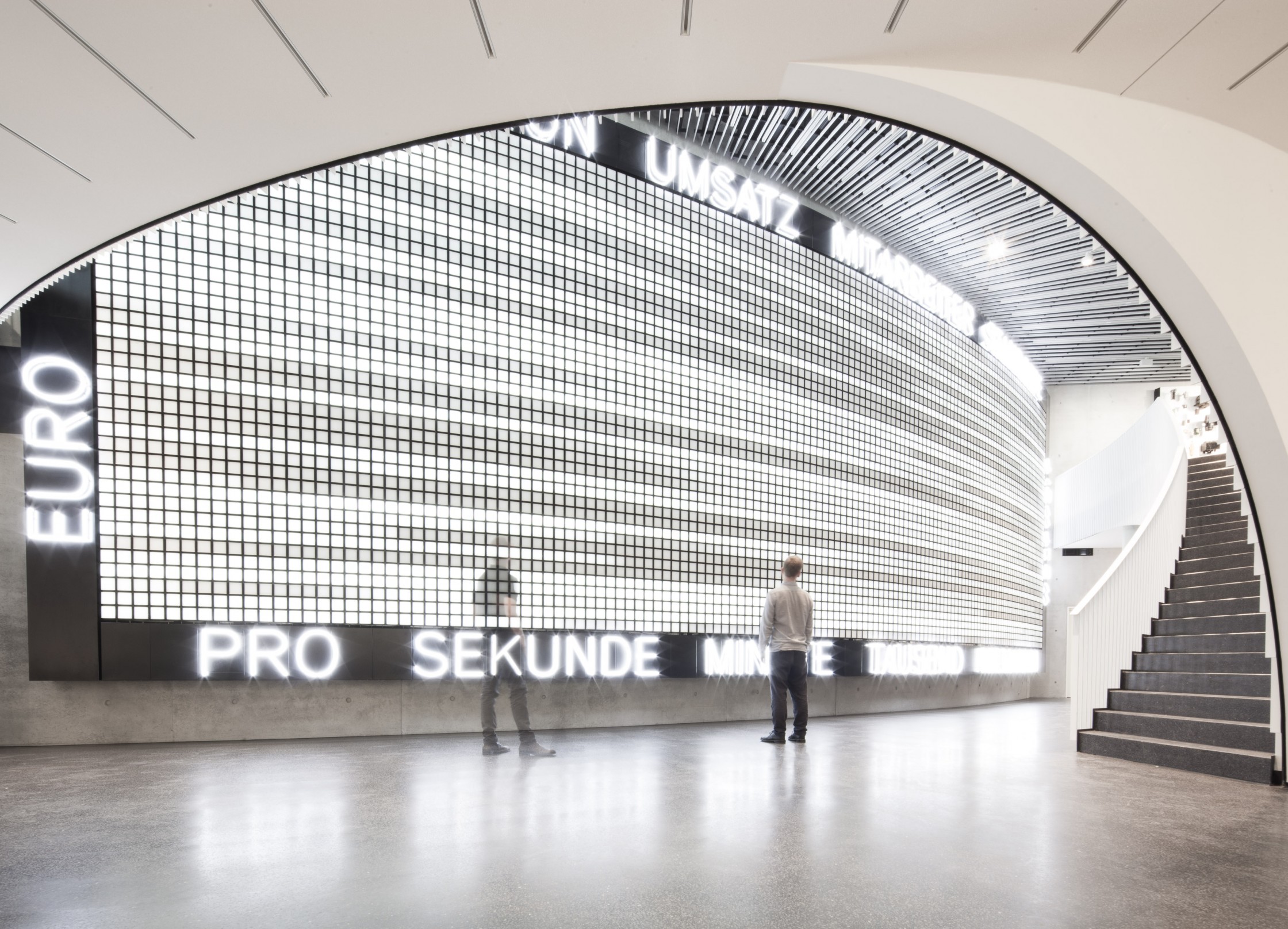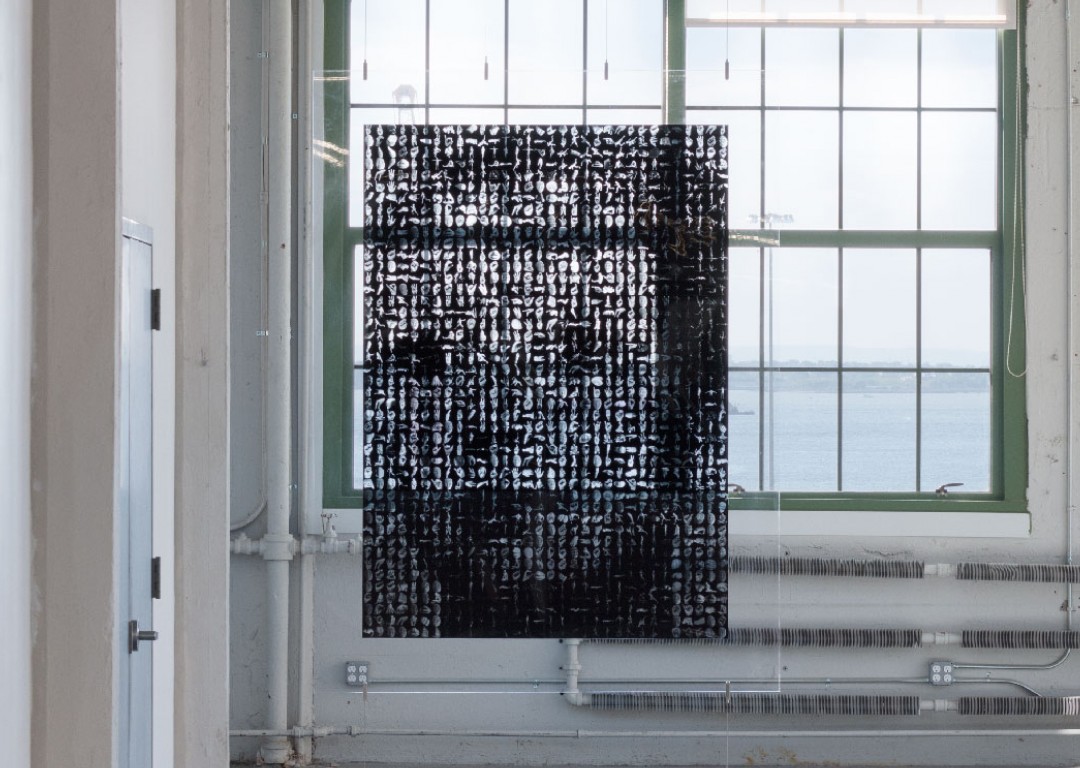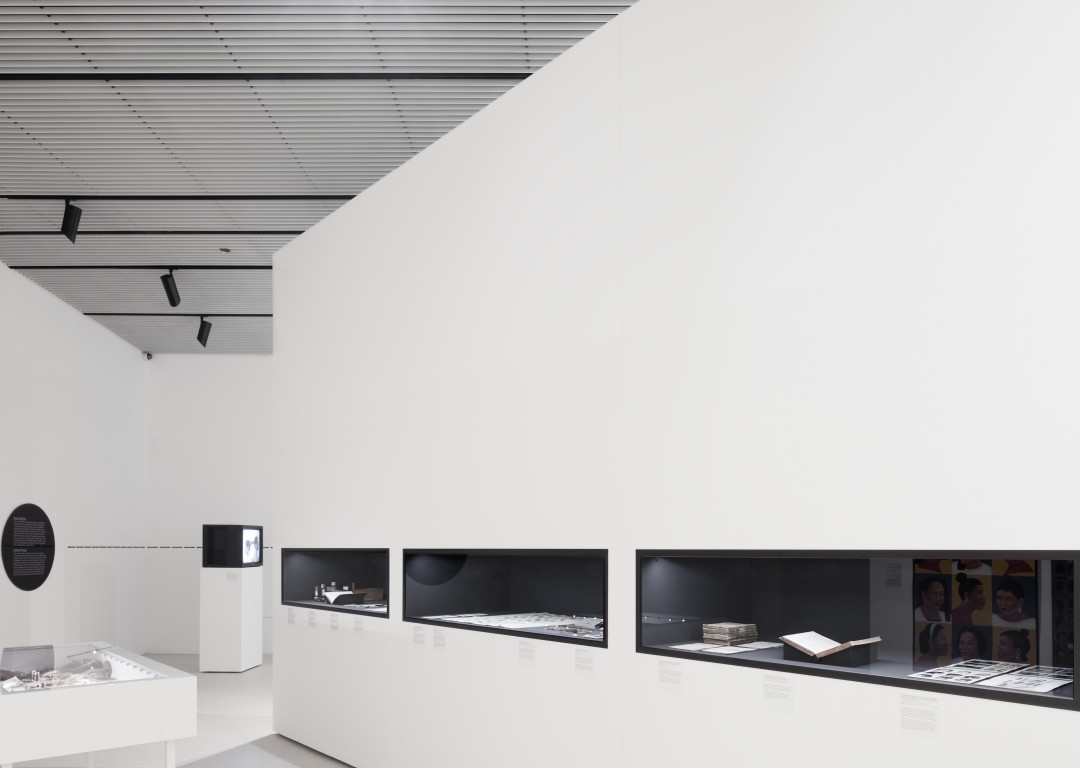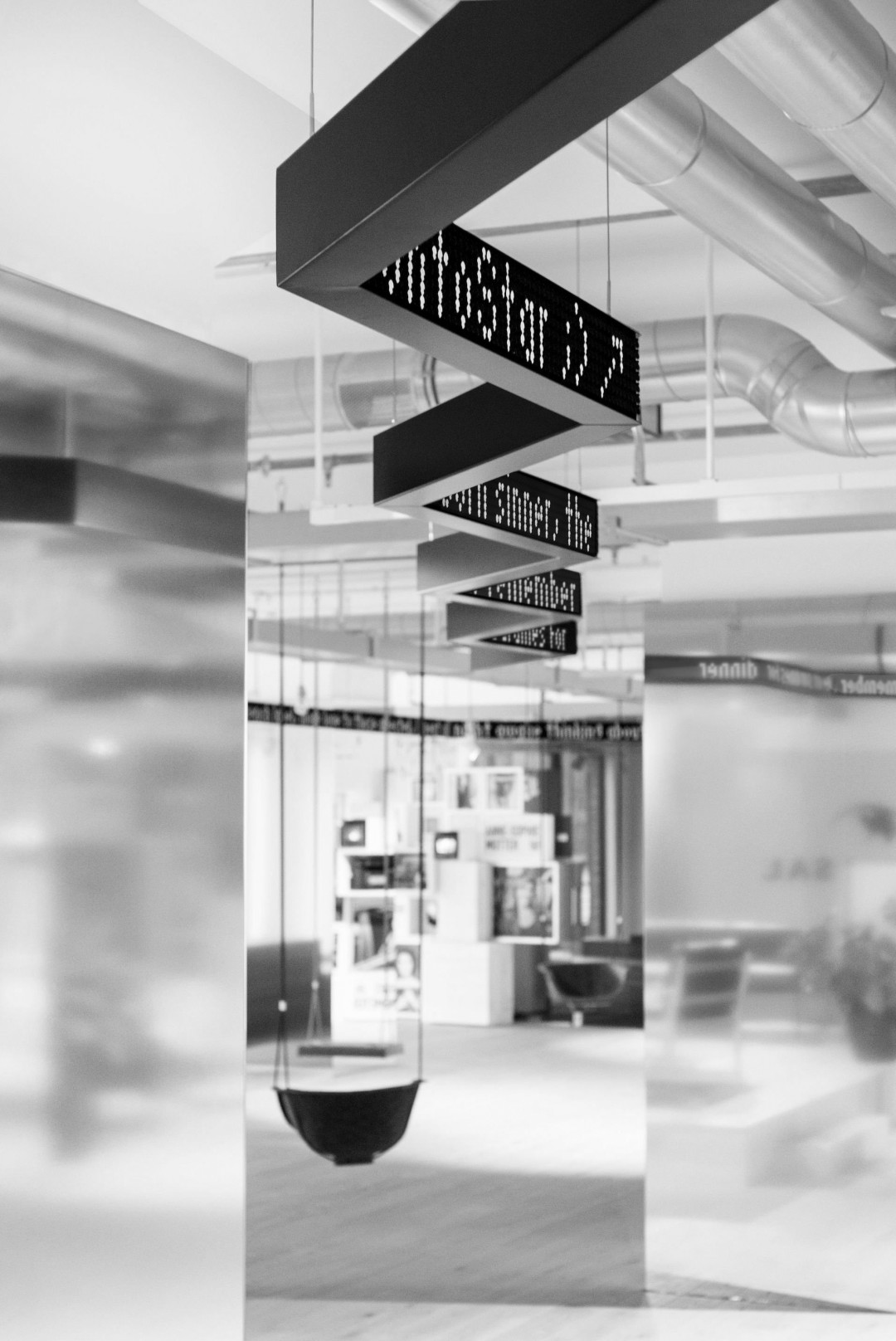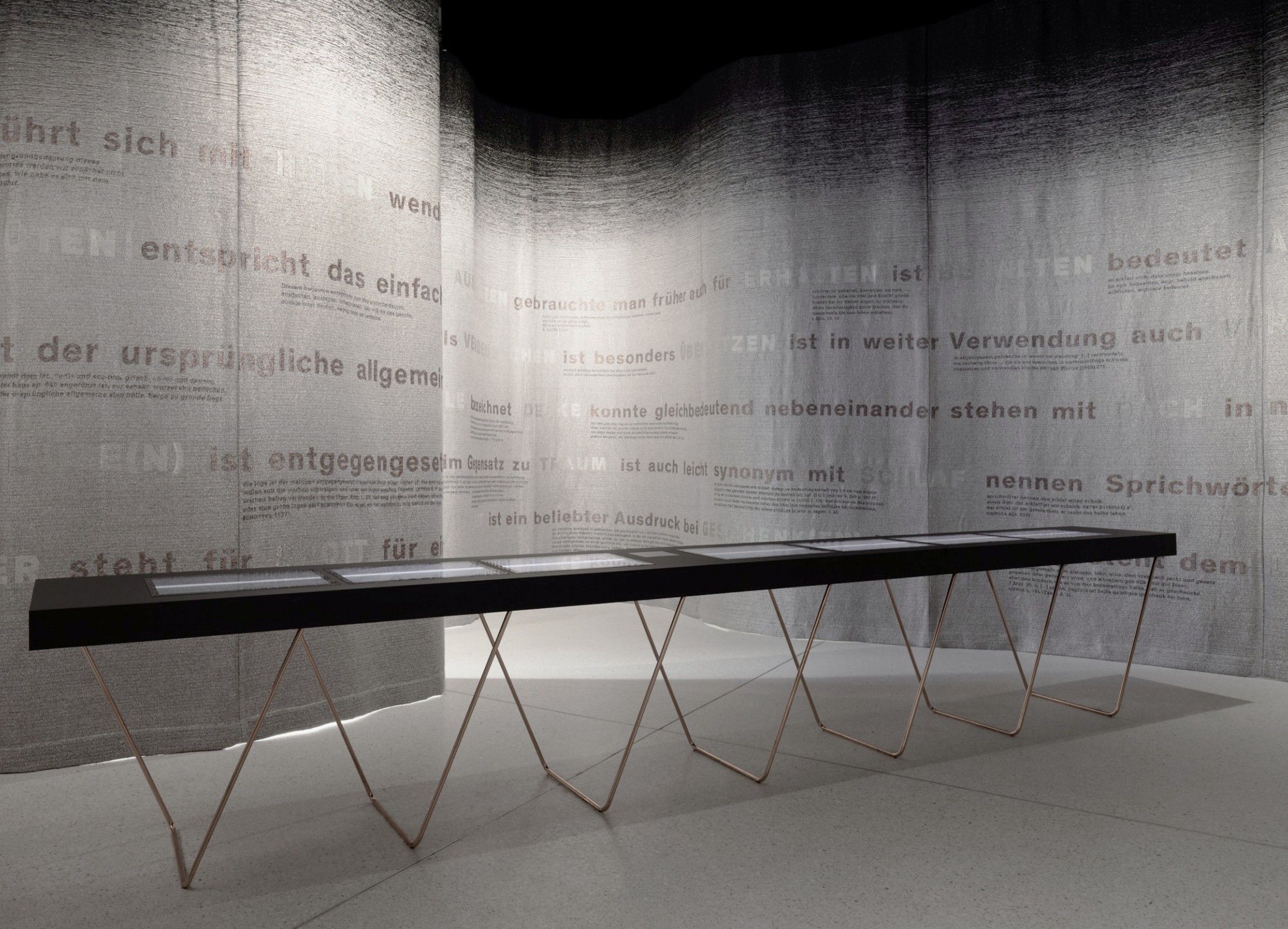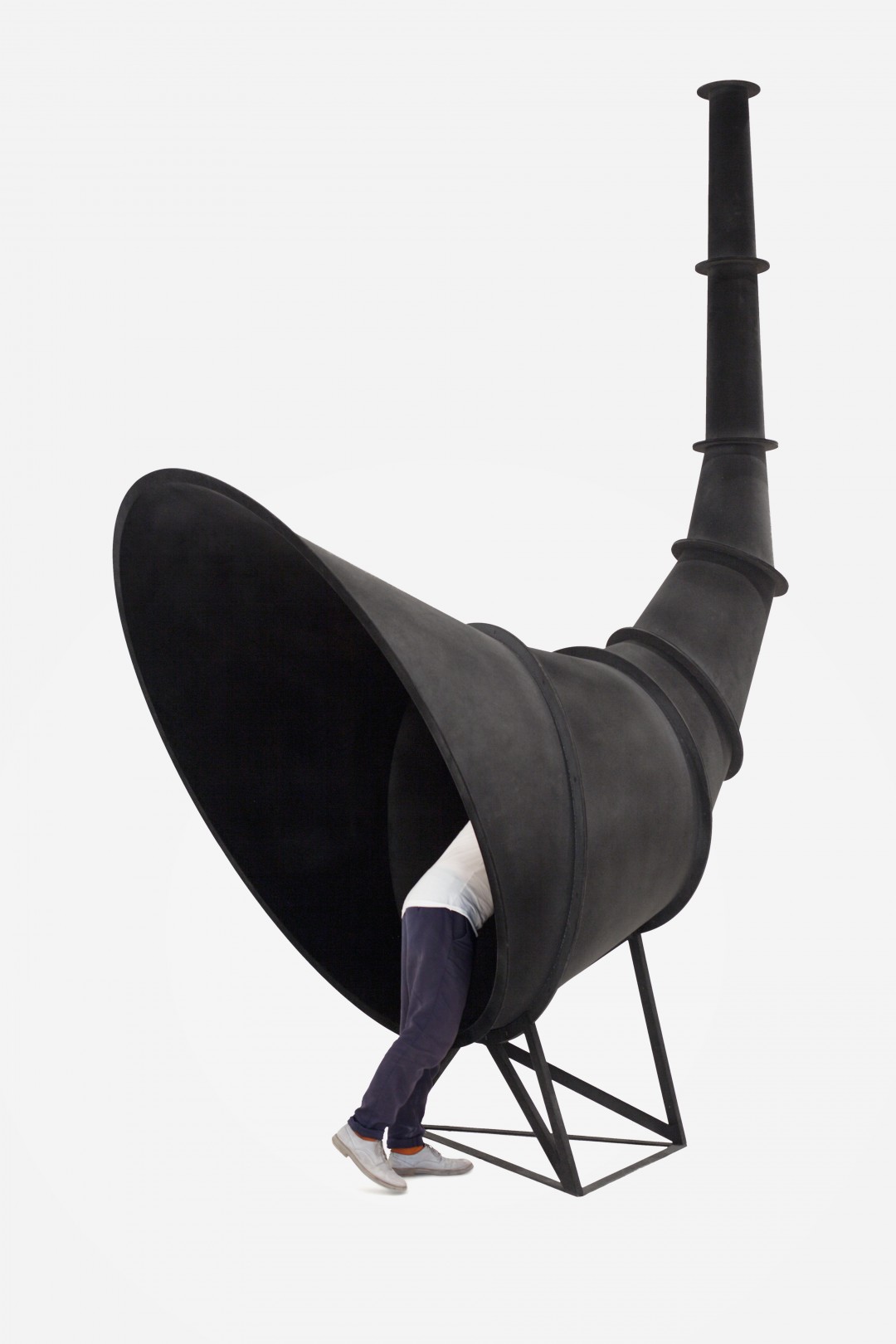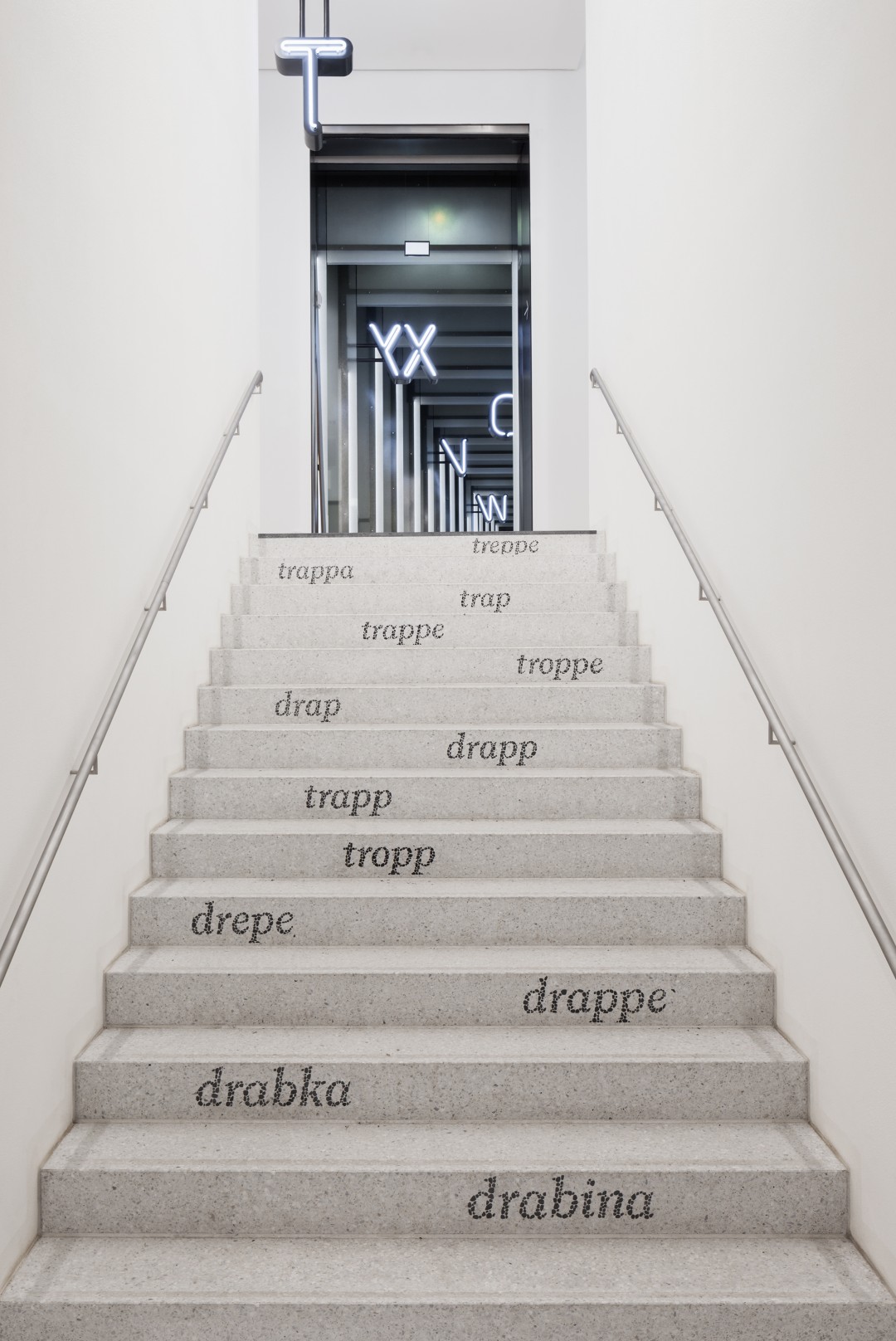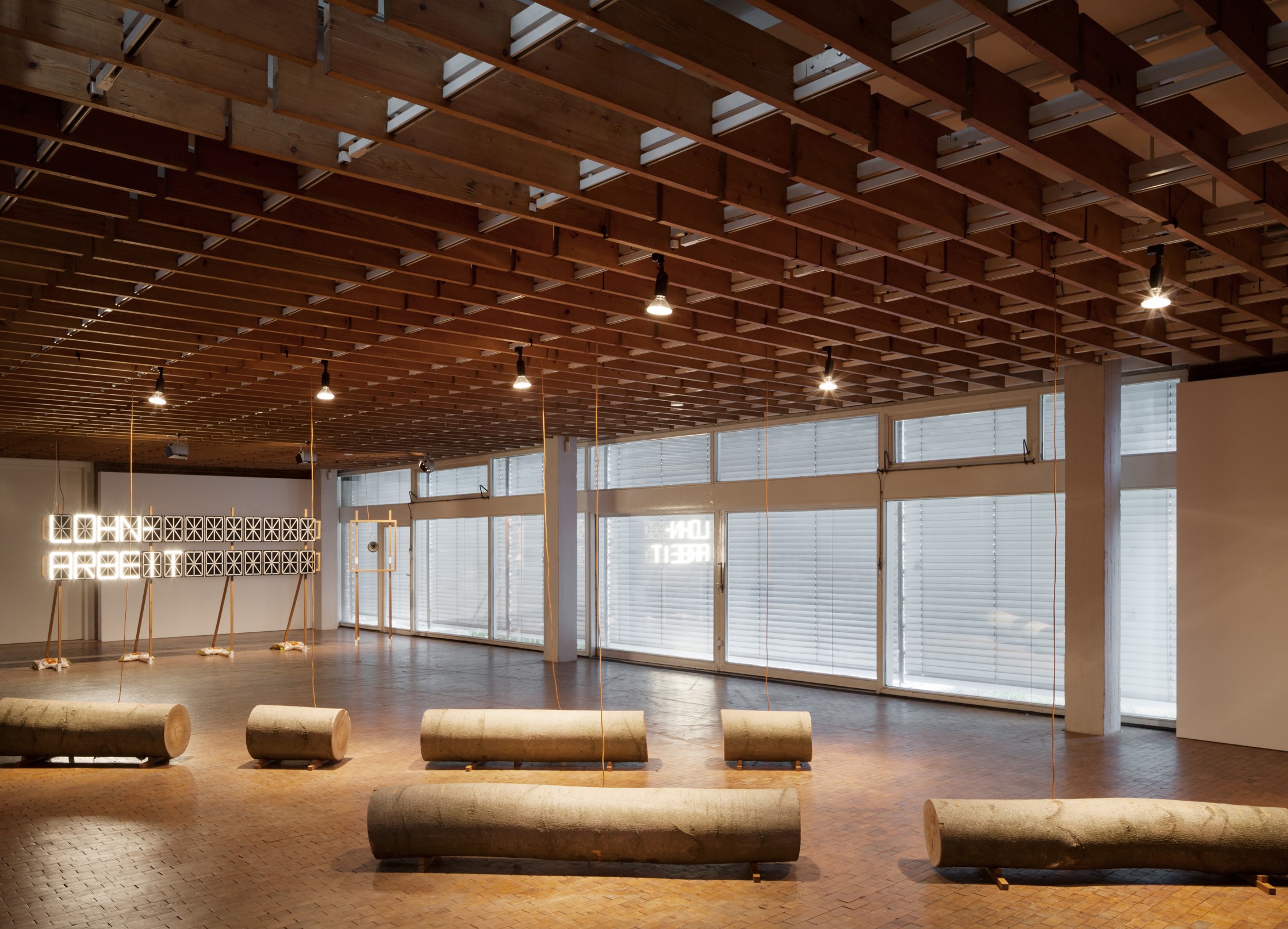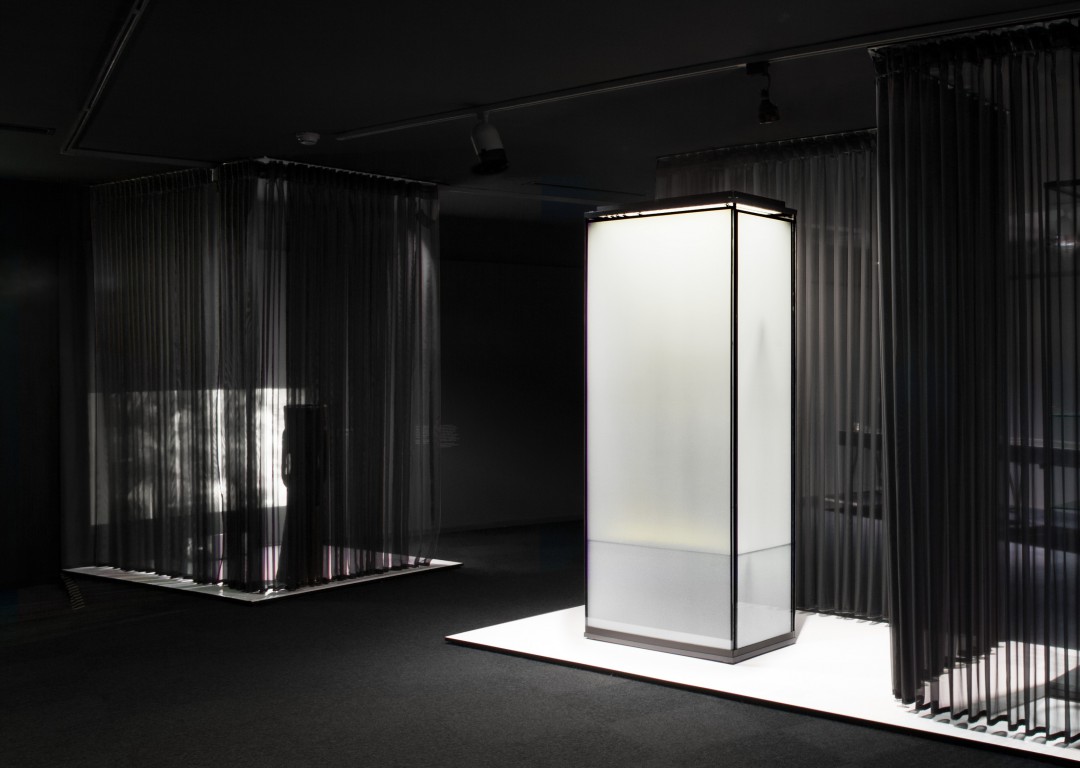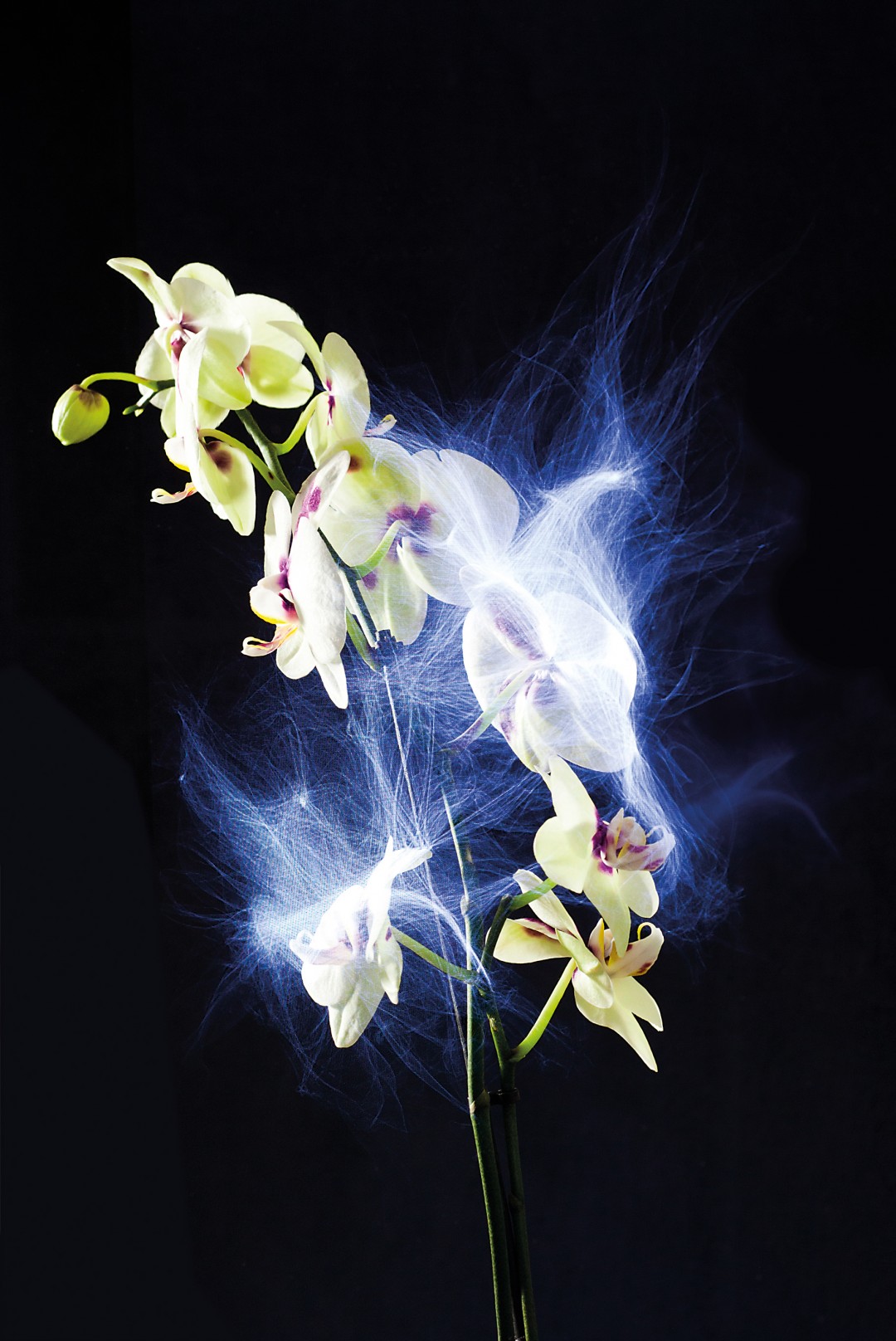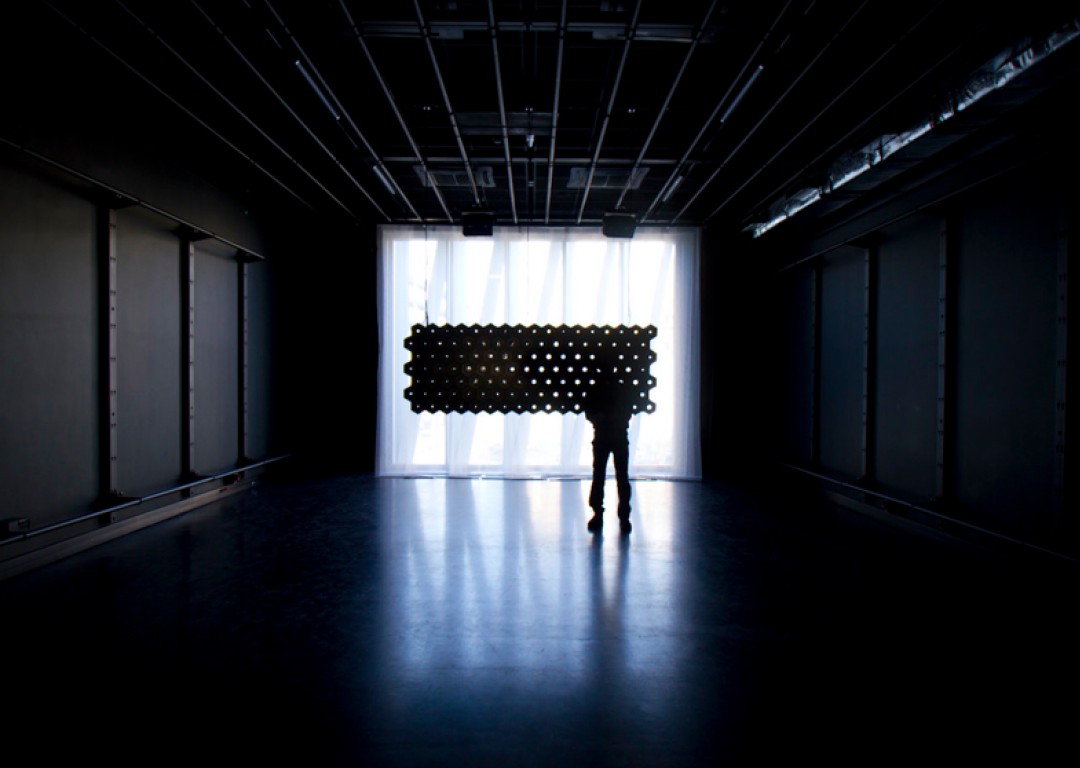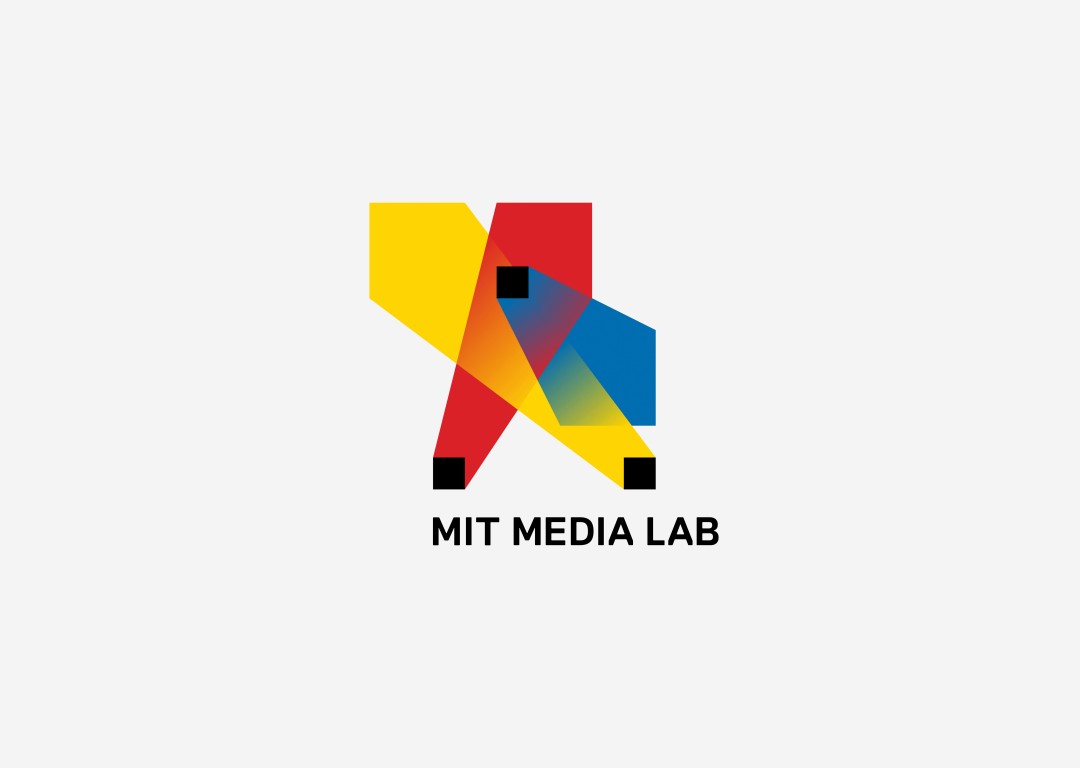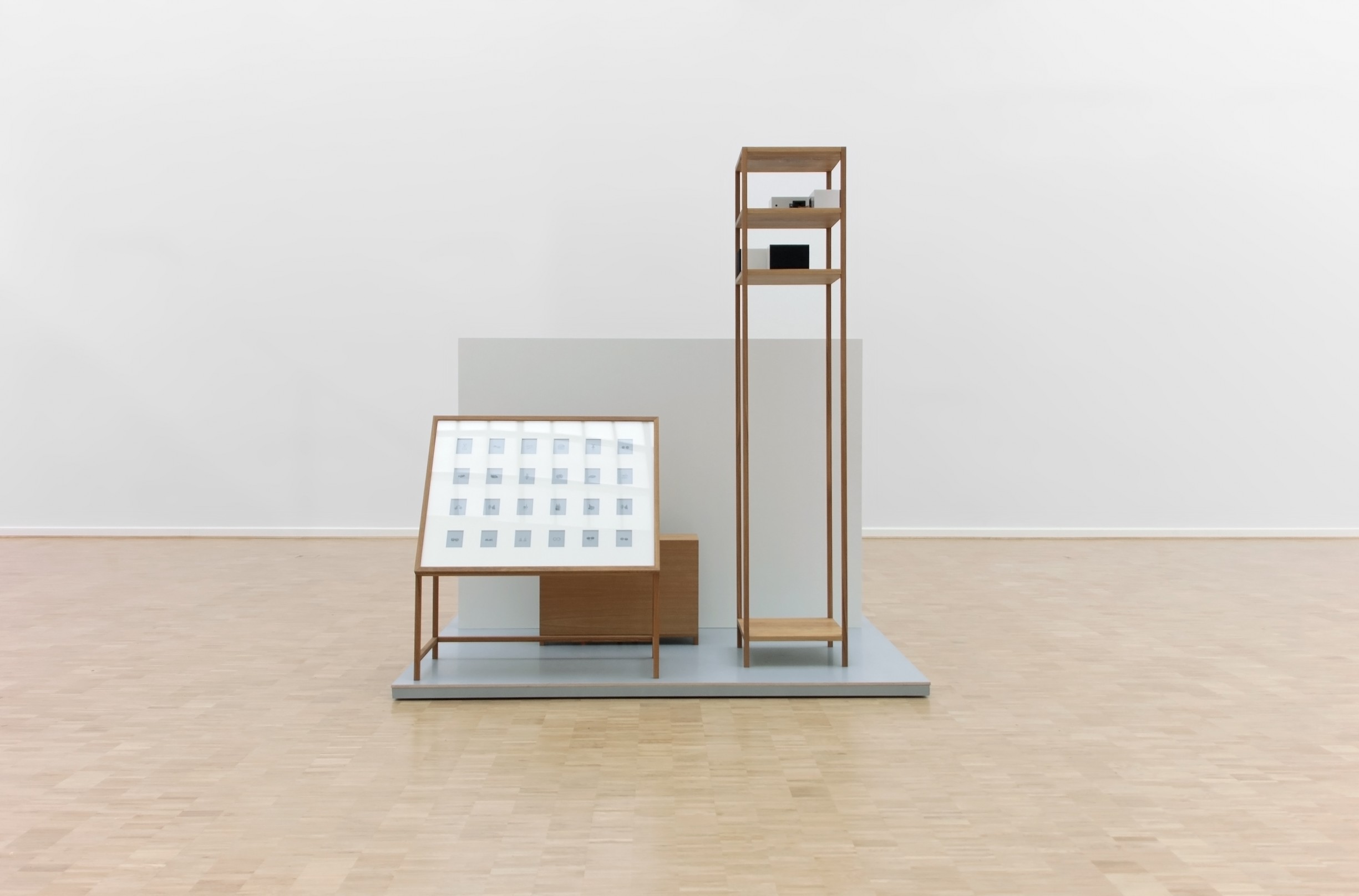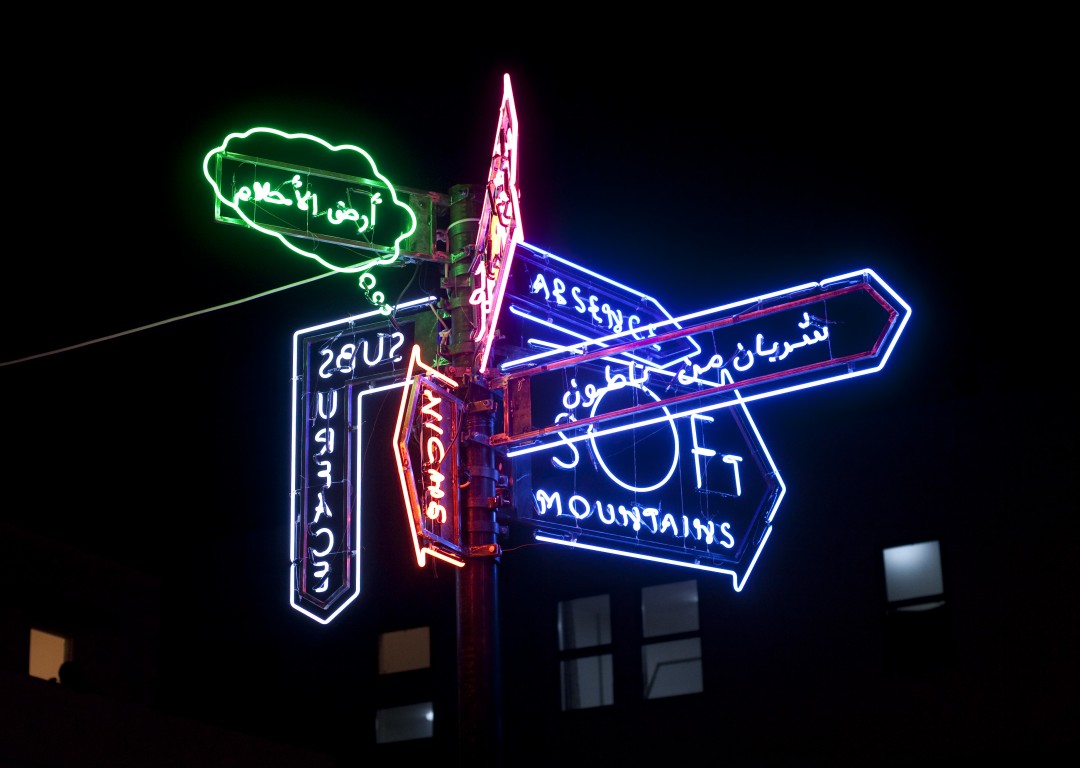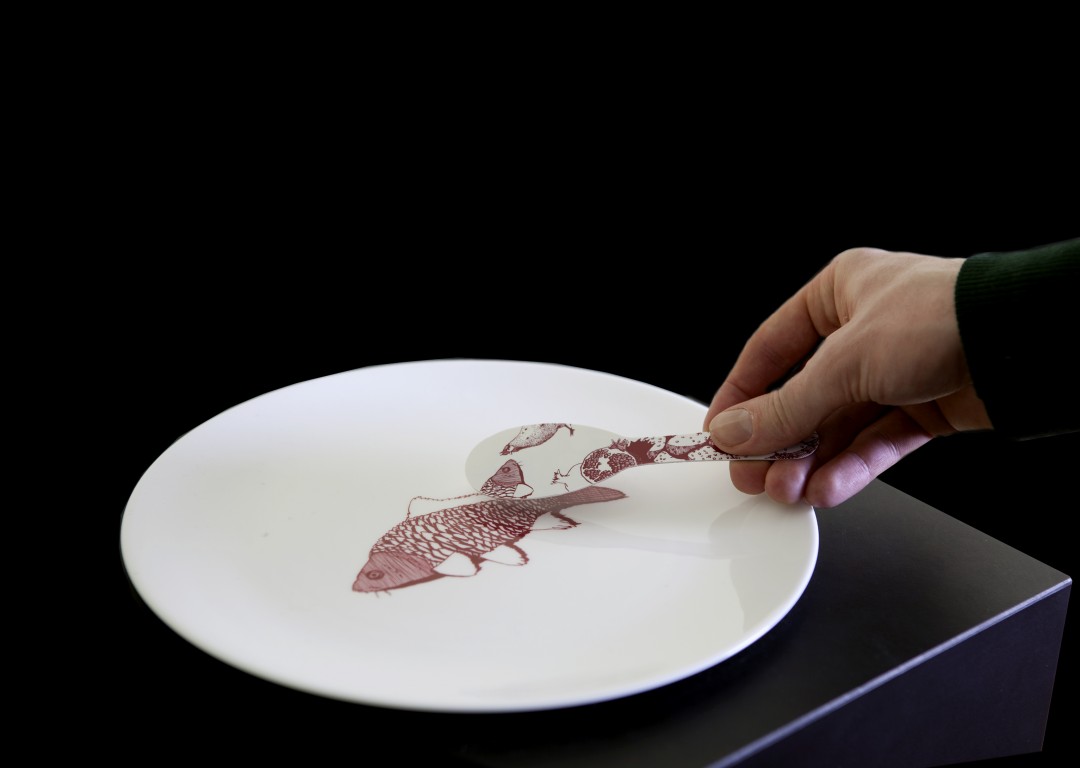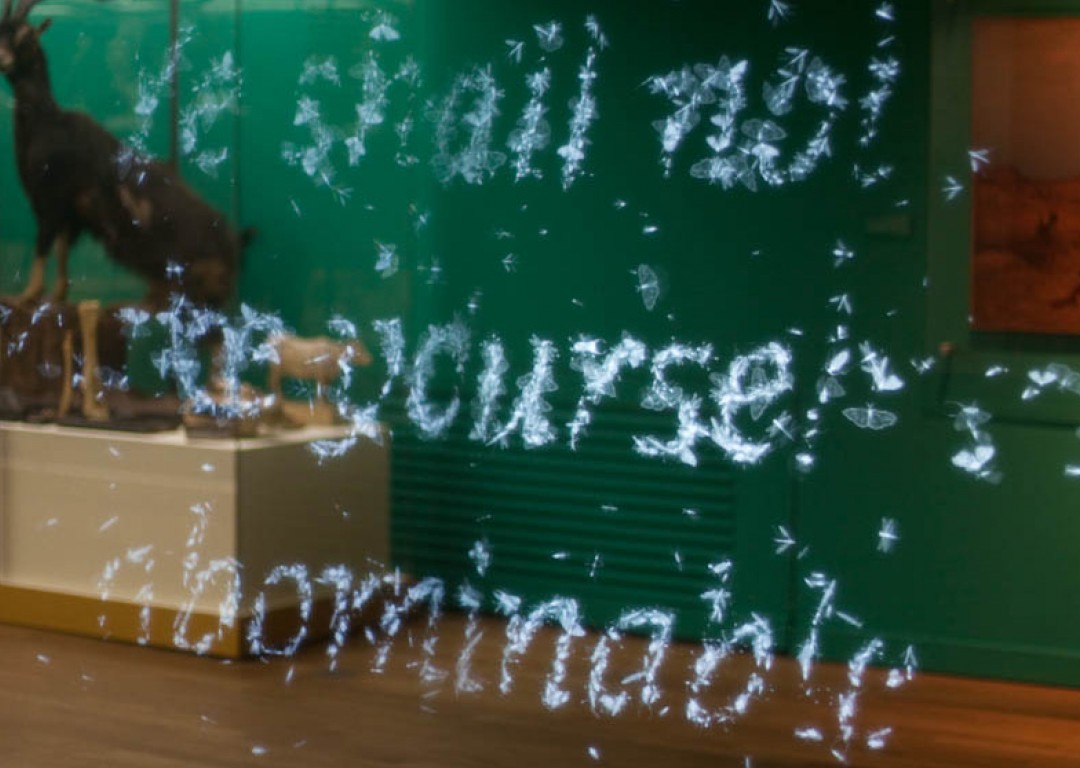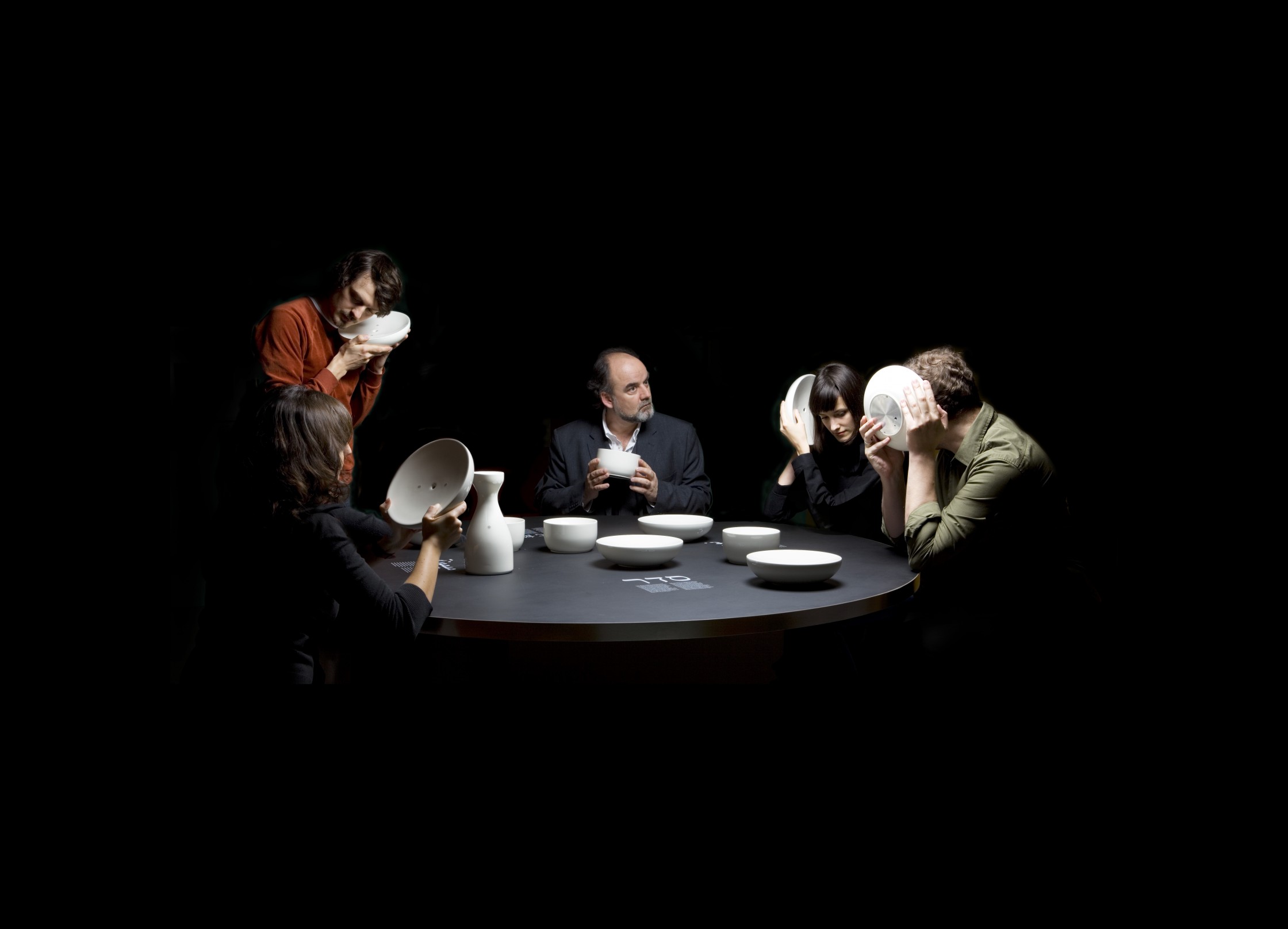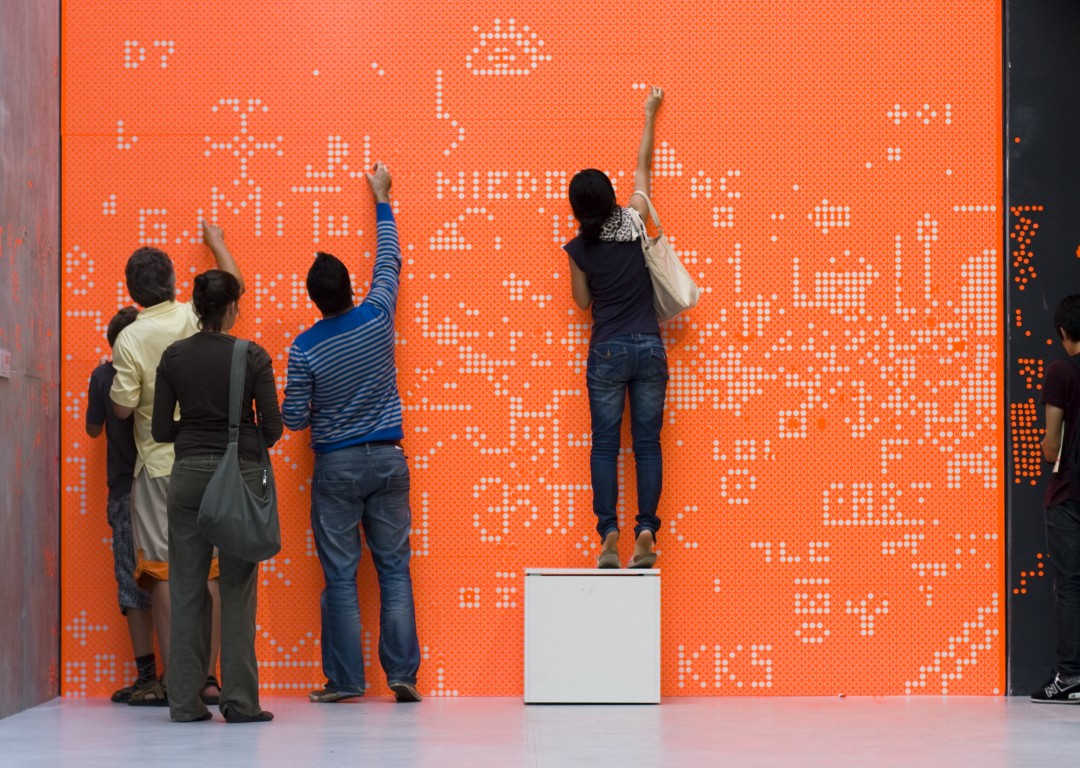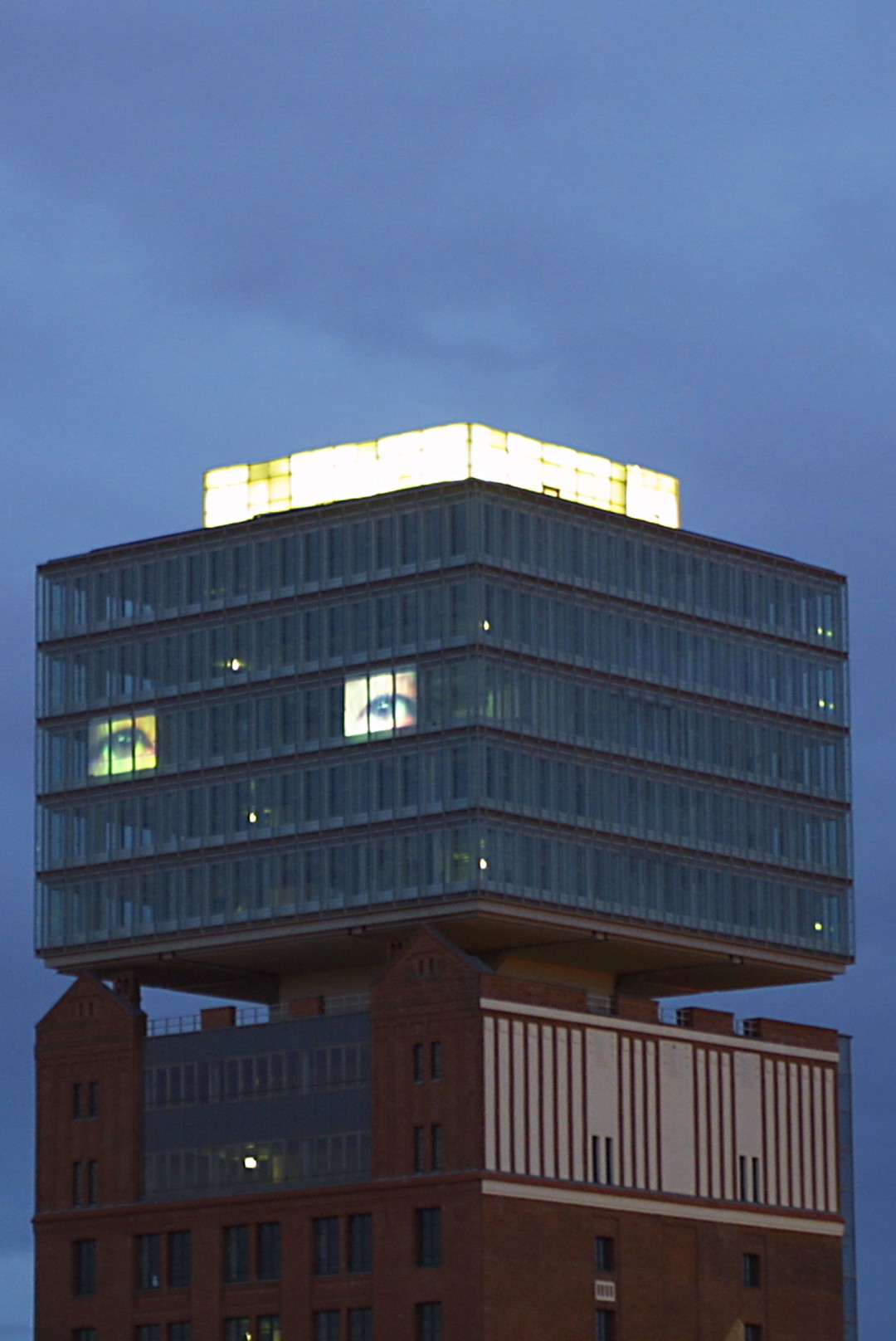All of a museum’s digitized artifacts are laid out in a large-scale printed grid that organizes them by visual similarity. The immersive arrangement offers viewers the possibility to experience the entirety of the collection at once, and, at the same time, to discover visual and structural patterns within.
Because of the high resolution of the printed reproduction, viewers can discern details within the displayed artifacts, even at the size of a thumbnail that would hardly be recognizable when viewed on a digital screen. The printed grid becomes a massive, yet engaging index to the collection.
Using augmented reality (AR), viewers become empowered to walk themselves through important aspects of the collection. They can scan any artifact of the grid and a digital layer immediately shows different connections between the artworks in a dynamic way. For example, the AR layer can show all artworks from a specific year, independently of its geographical origins. Or it can show all the works of a particular artist throughout the collection. Viewers can follow curated storylines around topics such as race, gender, provenance on virtual pathlines and walk through these stories in the physical space.
This grid becomes an immersive index of the collection itself. It can exist by itself or complement the museum by engaging visitors to take an unusual perspective and follow first leads given by the index. It is applicable to any digitized museum collection or might even exist as a collection of all global collections.
Aufgrund der hohen Auflösung der gedruckten Reproduktionen kann der Betrachter selbst in einem Thumbnail Details in den gezeigten Artefakten erkennen, die bei der Betrachtung auf einem digitalen Bildschirm kaum erkennbar wären. Das gedruckte Raster wird zu einem massiven, aber dennoch ansprechenden Index für die Sammlung.
Mit Augmented Reality (AR) können die Betrachter*innen selbst wichtige Aspekte der Sammlung erkunden. Sie können jedes Artefakt des Rasters scannen und eine digitale Ebene zeigt sofort dynamisch verschiedene Verbindungen zwischen den Kunstwerken. Die AR-Ebene kann etwa alle Kunstwerke eines bestimmten Jahres anzeigen, unabhängig von ihrer geografischen Herkunft. Oder es können alle Werke einer bestimmten Künstlerin in der Sammlung angezeigt werden. Die Betrachter*innen können auf virtuellen Pfaden kuratierte Geschichten zu Themen wie Ethnie, Geschlecht oder Herkunft folgen und diese Geschichten im physischen Raum durchwandern.
Das Raster wird zu einem immersiven Index der Sammlung selbst. Es kann für sich allein existieren oder das Museum ergänzen, indem es die Besucher*innen dazu anregt, ungewöhnliche Perspektiven einzunehmen und Hinweisen des Index zu folgen.
Es ist auf jede digitalisierte Museumssammlung anwendbar oder könnte sogar als eine Sammlung aller globalen Sammlungen existieren.
in Brussels by David Teniers the Younger, 1651
1. Index
All At Once proposes an algorithmic, data-driven approach to dive into millennia of material culture. It is a design concept and software framework that allows us to comprehend and display encyclopedic museum collections through machine learning technology in ways that were so far impossible.
With All At Once we are able to juxtapose items distant to each other in terms of space and time, or by art history conventions. By displaying these new configurations in immersive environments, viewers can understand and engage with the entirety of a collection beyond the screen of a computer or a smartphone. All At Once thus seeks to redefine the unique experience of visiting a museum building for the digital age.
All At Once is an independent research project by TheGreenEyl. It received funding by the Knight Foundation through the New Museum Incubator New Inc.
The data used was provided by The Met Museum's Open Access Initiative and by Williams College Museum of Art in a collaboration with Micah Walter Studio.
Concept & Design: Frédéric Eyl & Richard The, Machine learning research: Agnes Chang
All At Once schlägt einen algorithmischen, datengesteuerten Ansatz vor, um in Jahrtausende von materieller Kultur einzutauchen. Es handelt sich um ein Designkonzept und ein Software-Framework, das es uns ermöglicht, enzyklopädische Museumssammlungen mit Hilfe von Machine Learning in einer Weise zu verstehen und darzustellen, die bisher unmöglich war.
Mit All At Once sind wir in der Lage, Objekte nebeneinander und gegenüberzustellen, die räumlich und zeitlich oder nach kunsthistorischen Konventionen voneinander entfernt sind. Durch die Darstellung dieser neuen Konfigurationen in immersiven Umgebungen können die Betrachter*innen die Gesamtheit einer Sammlung über den Bildschirm eines Computers oder eines Smartphones hinaus verstehen und sich mit ihr auseinandersetzen. All At Once versucht somit, das einzigartige Erlebnis eines Museumsbesuchs für das digitale Zeitalter neu zu definieren.
All At Once ist ein unabhängiges Forschungsprojekt von TheGreenEyl. Es wurde von der Knight Foundation über den New Museum Incubator New Inc. finanziert.
Die verwendeten Daten wurden von der Open Access Initiative des Met Museums und vom Williams College Museum of Art in Zusammenarbeit mit dem Micah Walter Studio zur Verfügung gestellt.
Konzept & Gestaltung: Frédéric Eyl & Richard The
Machine Learning: Agnes Chang
sequence of 1.000 objects from The Met Museum's
digital collection sorted by visual similarity.

